Supply chains require speed. Most businesses struggle to keep up with that. Customer demand can shift overnight, suppliers face delays, and production teams depend on accurate stock data to stay on schedule. Without real-time visibility, even a small disruption can turn into a costly setback.
Many companies still use disconnected tools. A buyer submits a manual purchase order in one system, while inventory is tracked in a separate spreadsheet. This back-and-forth slows everything down and creates blind spots. Teams often reorder items they already have or miss critical shortages until it is too late.
This growing pressure has pushed more businesses toward modern solutions. The Purchase Order Software market is expected to reach 7.5 billion dollars by 2033. That kind of growth reflects a clear trend. Companies want tools that connect purchasing workflows with accurate, real-time inventory control.
A purchase order inventory management system brings both sides together. It links each PO to current stock levels. It automates routine tasks and reduces manual errors. That means better accuracy, lower costs, and more confident decision-making.
In this blog, we will explore how integrated purchasing and inventory systems work, why they matter, and what to look for when choosing the right solution.
What Is Purchase Order Inventory Management System?
A purchase order inventory management system is software that connects the way a business buys goods with the way it tracks them. Instead of jumping between a purchasing tool, email threads, and spreadsheets, everything sits in one place. This unified platform lets teams create purchase orders, route them for approval, track incoming stock, and manage supplier details without losing information along the way.
When a buyer raises a PO, the system links it directly to real-time stock levels. Managers can see what is on hand, what is running low, and what is already on order. This creates a single source of truth and eliminates errors. In simple terms, it brings purchase orders in inventory management together so every decision is based on accurate, up-to-date information. This is the core of effective purchase order inventory management.
How do Purchase Orders and Inventory Work Together?
Connecting purchase orders to inventory records is one of the simplest ways to prevent costly mistakes. When both functions live inside one inventory and purchase order management system, every decision is based on accurate, real-time data instead of guesswork.
Why Linking PO Workflows to Inventory Matters
When purchasing and inventory operate separately. Teams often rely on outdated numbers. That can lead to:
- Reordering items already sitting in storage
- Missing low-stock alerts
- Slow reaction times when demand shifts
A unified workflow keeps everyone on the same page and reduces avoidable stock issues.
How Real-Time Visibility Prevents Problems
Real-time tracking gives buyers a clear picture of what is available, what is reserved, and what is arriving soon. This helps:
- Prevent stockouts that delay customer orders
- Avoid overstocking that ties up cash
- Improve planning based on actual demand patterns
Many teams see better turnover once inventory management purchase order workflows are connected.
Example Workflow:
A typical inventory and purchase order management process looks like this:
- PO Created: The system checks current levels and allocates incoming stock.
- Stock Allocation: Future orders are updated based on what is on the way.
- Goods Received Note Logged: Warehouse confirms the delivery.
- Invoice Matching: The system matches the PO, GRN, and invoice before approving payment.
Key Components of a Purchase Order and Inventory Management System
1. Integrated Purchasing & Inventory Control
A purchase order inventory management system connects purchasing and inventory in a single platform. When you create a purchase order, the system immediately reflects stock levels. This helps prevent ordering items you already have in excess.
For example, if your warehouse shows ten units of a product, the system can suggest whether you need more or if the current stock is enough. Once items arrive, the inventory count is automatically updated. This integration saves time and reduces the risk of human error. Businesses using integrated systems report up to a 20% reduction in stock discrepancies.
2. Automated Workflows
Automation is at the heart of modern PO and inventory management. The system can generate purchase orders when stock hits a set reorder point. Approvals are routed automatically to the right managers, removing bottlenecks.
Imagine a retail chain with multiple locations. Automated workflows ensure that a reorder request in one store moves through finance and procurement without delay. This reduces lead times and keeps products on shelves, improving customer satisfaction.
3. Real-Time Visibility
With a unified dashboard, you can track purchase orders, stock levels, and supplier performance in real time. Managers instantly see which orders are pending, which items are low, and which vendors are on schedule.
Real-time inventory visibility helps avoid overstocking or running out of stock. Companies that implement real-time tracking often improve inventory turnover rates and make more informed purchasing decisions.
4. Improved Accuracy
Manual data entry and disconnected systems often cause errors in inventory management purchase orders. A unified platform eliminates these mismatched records and reduces mistakes.
For example, if two teams update separate spreadsheets, the numbers might not match. With integrated software, everyone works from the same data, which improves accuracy across procurement and inventory.
5. Inventory Optimization
Maintaining the right stock levels is critical. The system helps avoid overstocking, shortages, and unnecessary cashflow issues.
Businesses can plan purchases more effectively and forecast demand with confidence. Optimized inventory leads to cost savings and ensures products are available when needed.
6. Financial & Compliance Control
A purchase order and inventory management system integrates with accounting or ERP software. This provides a clear audit trail and improves spend management.
It also works across multiple locations, giving global or multi-branch businesses consistent financial oversight. With this control, companies can reduce risk, enforce compliance, and make better strategic decisions.
How a Purchase Order Inventory Management System Works?
A purchase order inventory management system simplifies procurement and keeps your stock levels accurate. Here’s how it typically works in practice:
- Stock hits the reorder point
When inventory for an item drops below the pre-set threshold, the system flags it automatically. This prevents stockouts and ensures you never run out of critical items. For example, a retailer selling popular headphones can reorder before shelves go empty. - System creates a draft purchase request
The software generates a draft purchase order based on current stock levels and forecasted demand. This saves time on manual data entry and reduces human error. - Approval routing
The draft order is sent to the right managers for approval. Rules can be based on spend limits, departments, or item categories. A finance team member might review expensive equipment orders, while low-cost supplies get quick approval. - Purchase order sent to supplier
Once approved, the official purchase order is sent electronically to the supplier. This step confirms quantities, delivery dates, and pricing. - Receiving and Goods Received Note (GRN)
When items arrive, warehouse staff verify quantities and quality, recording them with a GRN. - Inventory auto-updates
Stock levels in the system update automatically, reflecting new arrivals without manual entry. - Three-way match and payment
The system compares the PO and supplier invoice. Once everything matches, payment is released. This keeps accounts accurate and prevents overpayment.
Benefits of Implementing Purchase Order & Inventory Management Software
Operational Efficiency
Implementing a purchase order and inventory management system can transform daily operations. Teams spend less time on manual paperwork and double-checking stock levels. Purchase orders move faster from request to approval, reducing delays in procurement.
Inventory Accuracy and Demand Forecasting
Maintaining accurate inventory is a constant challenge. With integrated purchase order inventory management, every item is tracked in real-time. The system can flag low stock, update quantities automatically, and provide insights for future demand. AI-scanning tools predict trends based on past purchases and seasonal patterns, helping businesses avoid shortages or excess stock.
Cost Savings
Smart inventory and purchase order management directly impact the bottom line. Businesses spend less on storage and avoid tying up capital in excess inventory. Automated systems also reduce errors that can lead to unnecessary purchases. Negotiating with suppliers becomes easier when you have accurate records of order volumes and patterns.
Supplier Performance and Relationship Management
Tracking supplier performance becomes straightforward. Businesses can monitor lead times, on-time delivery, and quality metrics. This visibility helps identify reliable vendors and strengthens long-term partnerships.
Scalability for Global and Multi-Location Businesses
A unified purchase order inventory management system supports growth. Multi-warehouse syncing ensures inventory is balanced across sites. Systems can handle multi-currency and tax requirements, and cloud access allows teams to manage operations from anywhere.
Essential Features to Look For in the Best Purchase Order Inventory Management Software
Choosing the right software can make a huge difference in how efficiently your business manages purchasing and inventory. Here are the features to prioritize:
- Automated PO Creation
The system should generate purchase orders automatically when stock reaches a set threshold. This reduces errors and ensures you never run out of essential items. - Real-Time Stock Tracking
Having live visibility into your inventory helps you make informed decisions. You can see which items are low, in transit, or reserved for upcoming orders. Businesses with multiple warehouses benefit from this feature to avoid overstocking or shortages. - Supplier and Vendor Management
Good software tracks vendor performance, lead times, and pricing. You can easily compare suppliers and select the best option for each order. This improves relationships and helps you negotiate better terms. - Multi-Location Inventory Syncing
For companies operating across several sites, syncing stock data in real time prevents duplicate orders and ensures accurate reporting. - AI Recommendations
Some systems offer AI-driven suggestions on order quantities, best suppliers, and reorder timing. This helps reduce waste, optimize cash flow, and improve operational efficiency. - ERP and Accounting Integration
Seamless connection with your financial systems ensures expenses and stock levels are always aligned. It eliminates double entry and supports accurate reporting. - Customizable Approval Workflows
Set rules for who can approve purchase orders based on department, spend, or item type. This adds control without slowing down operations. - Reporting and Analytics
Detailed dashboards allow you to monitor trends, supplier performance, and inventory turnover. You can make data-driven decisions without hunting through spreadsheets. - Mobile and Cloud Access
Access your purchase order and inventory management system from anywhere. Teams in different locations can collaborate without delays.
How to Choose the Right Purchase Order and Inventory Management Software?
Choosing the right purchase order and inventory management software can make a real difference in how smoothly your business runs. Here are some factors to consider carefully before making a choice:
Consider Your Business Size and Complexity
Smaller businesses may need a simple cloud-based system. Larger companies with multiple warehouses or international operations need software that can handle complex workflows.
Integration Needs
Look for software that connects seamlessly with your ERP, WMS, and accounting tools. Integration ensures data flows automatically between systems, reducing manual entry and avoiding costly mistakes.
Automation Level
A good system should handle routine tasks like creating POs, routing approvals, and updating stock levels automatically. Automation speeds up procurement and frees your team for higher-value work.
Forecasting and Analytics Strength
Systems with robust analytics can help predict demand, track supplier performance, and optimize reorder points. This is especially useful for businesses with seasonal sales patterns or high-volume SKUs.
Total Cost of Ownership
Consider subscription fees, implementation costs, and ongoing support. Factor in potential savings from reduced stockouts and improved efficiency.
Final Thoughts: Why Integrated PO & Inventory Systems Are the Future?
Integrated purchase order and inventory management systems are transforming how businesses handle procurement and stock.
Efficiency Gains
- Automation speeds up purchase order processing.
- Teams spend less time correcting errors or chasing approvals.
Accuracy and Control
- Real-time inventory updates prevent overstocking or stockouts.
- Financial tracking is simpler, reducing waste and unexpected costs.
Business Benefits
- Stronger supplier relationships through clear, timely orders.
- Scalable processes for growing businesses across multiple locations.
Explore modern purchase order and inventory management software to streamline operations and strengthen your supply chain today.
How PackageX Helps Teams Streamline Purchase Order and Inventory Management?
Here’s how PackageX enhances visibility and efficiency across purchasing and inventory workflows:
- Real-Time Inventory Sync: PackageX automatically updates inventory levels as items are received or dispatched, ensuring teams always work with accurate, up-to-date stock data.
- Centralized Visibility: Users can manage purchase requests, supplier details, and inventory movement from a single unified dashboard.
- Seamless Integrations: PackageX connects with ERP, WMS, and accounting systems to keep purchasing and inventory data synchronized across all departments.
FAQs
How does purchase order and inventory management software work?
Purchase order and inventory management software works by linking the creation, approval, and tracking of purchase orders directly with real-time inventory data. This integration automates workflows, reduces manual errors, and provides a unified view of stock levels and supplier performance.
What is the role of purchase order in inventory management?
The purchase order in inventory management serves as a formal document that initiates procurement while aligning orders with current stock levels. It ensures accurate tracking of incoming goods and provides accountability for supplier transactions. Integrating POs with inventory management enables efficient stock replenishment and operational control.
Why do businesses need inventory and purchase order management?
Businesses need inventory and purchase order management to optimize stock levels, reduce carrying costs, and streamline the procurement process. This unified approach improves accuracy, enhances supplier relationships, and ensures timely product availability.
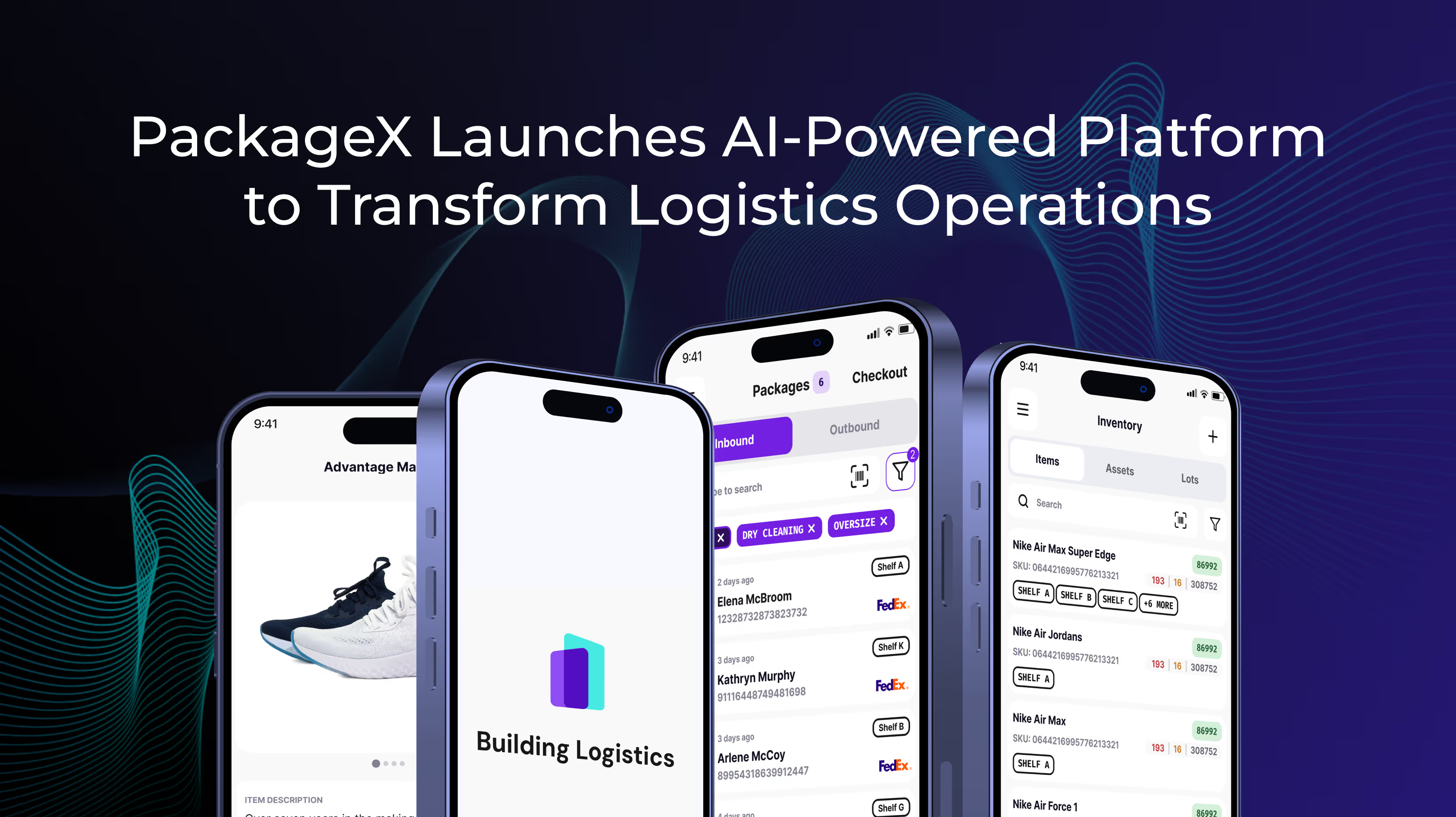
.webp)


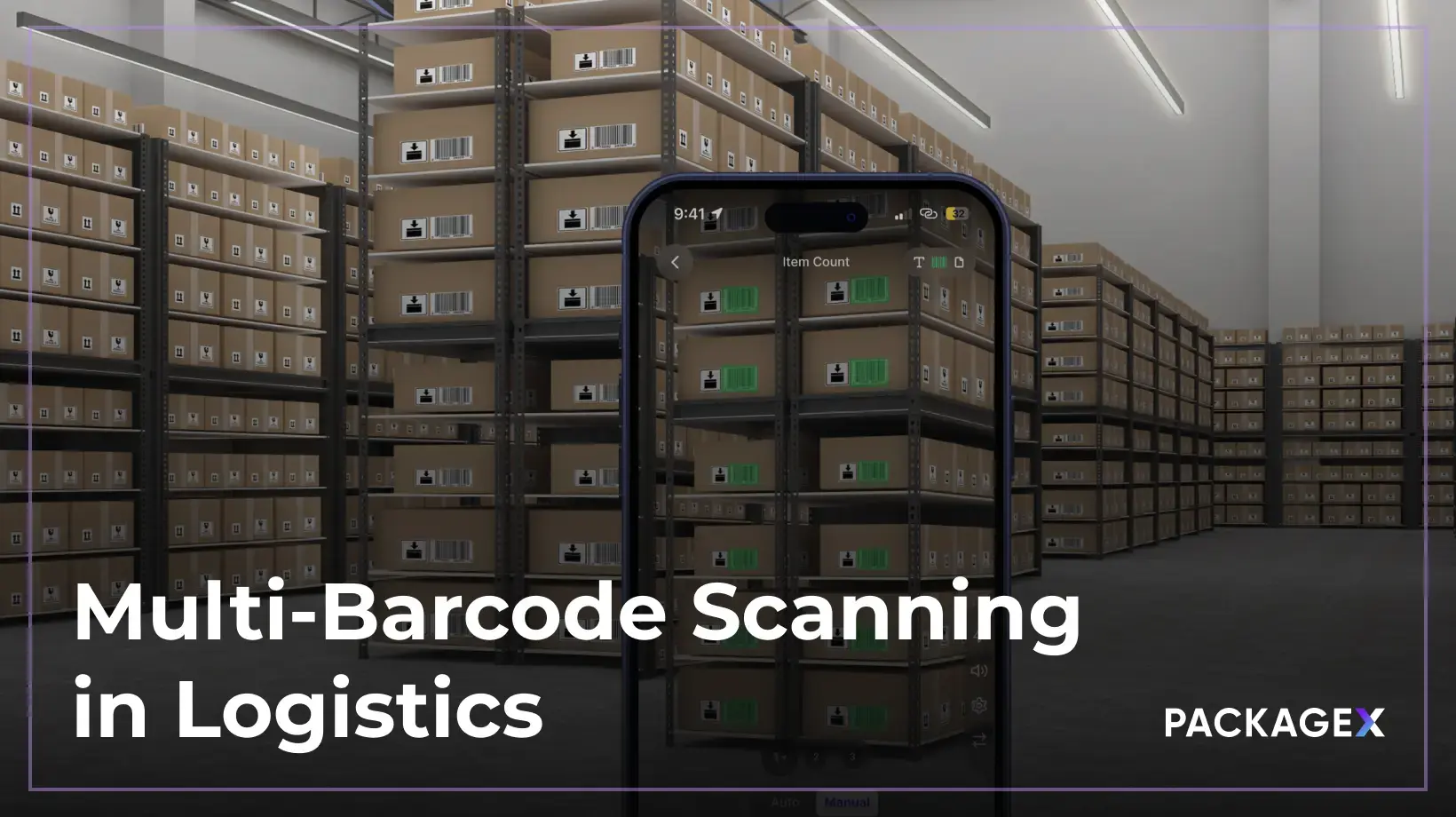
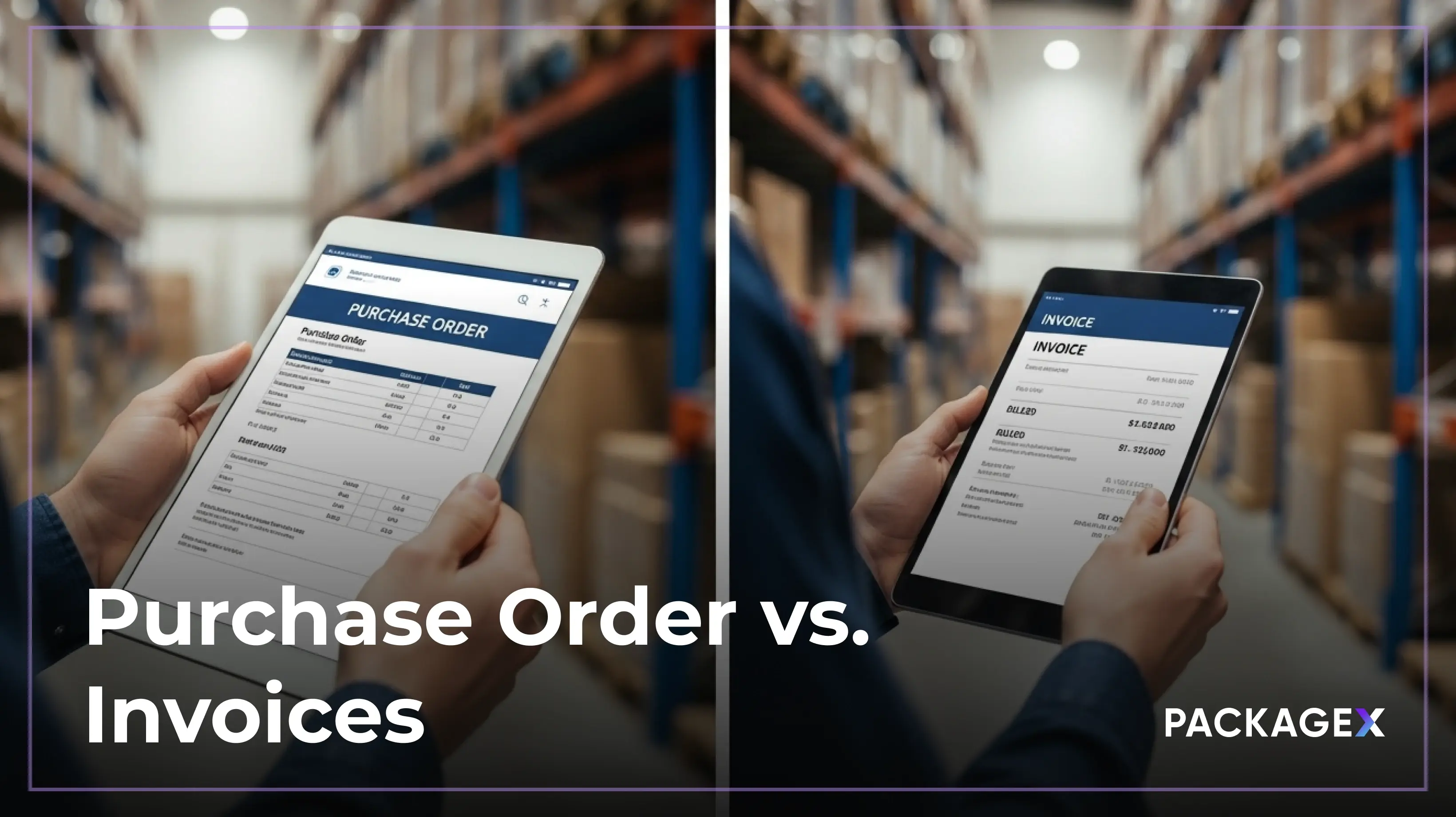
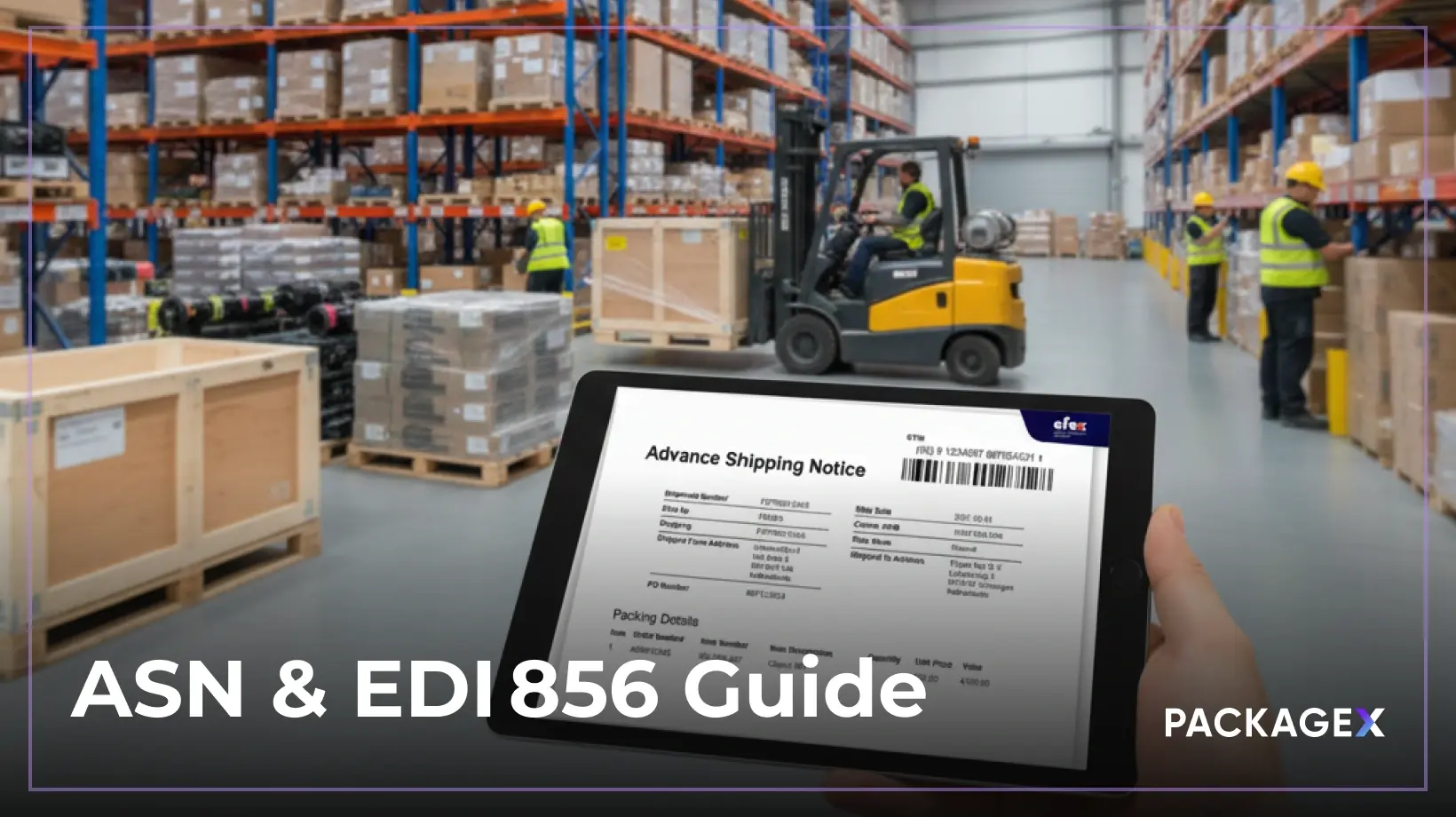
.webp)



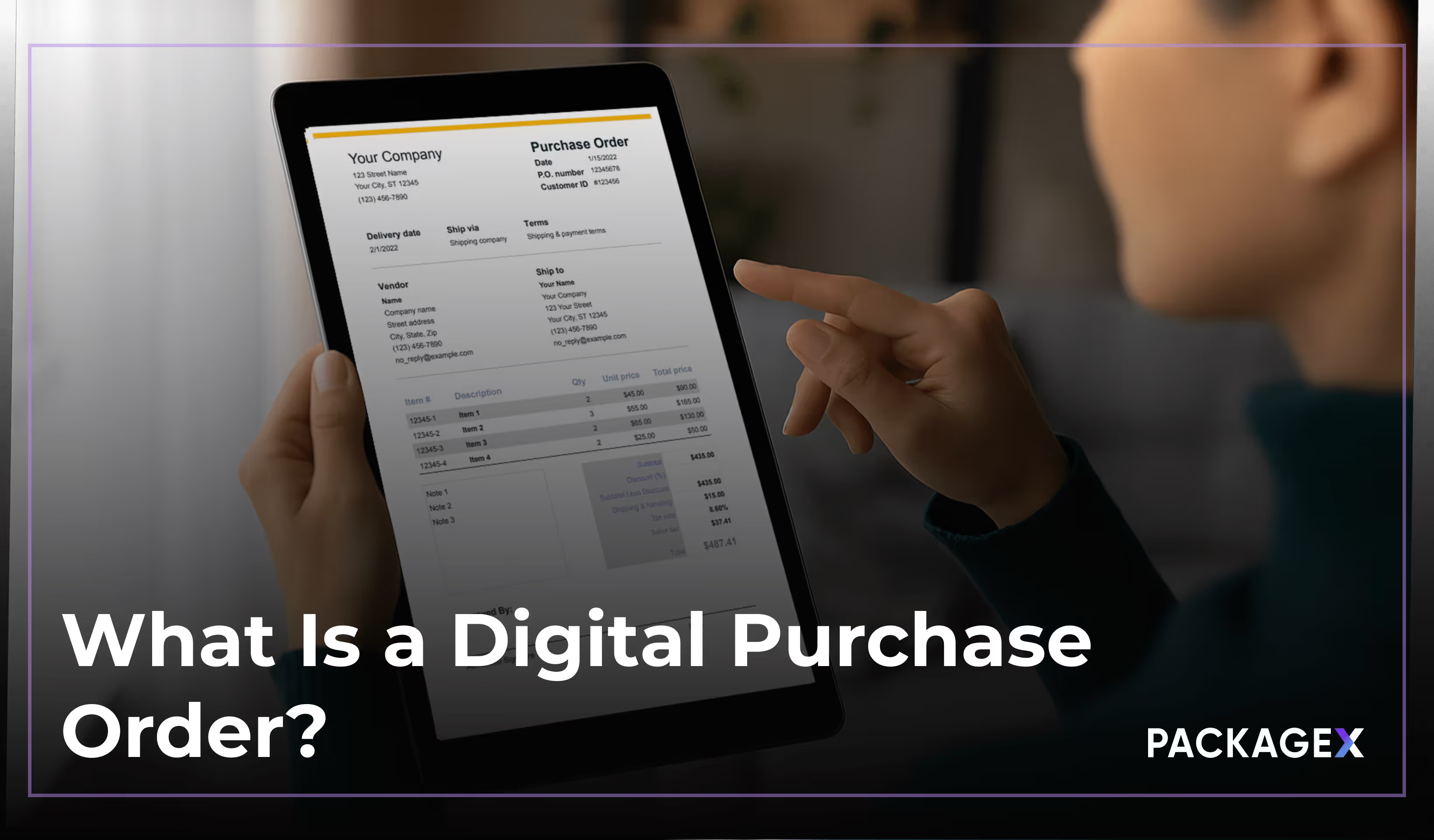
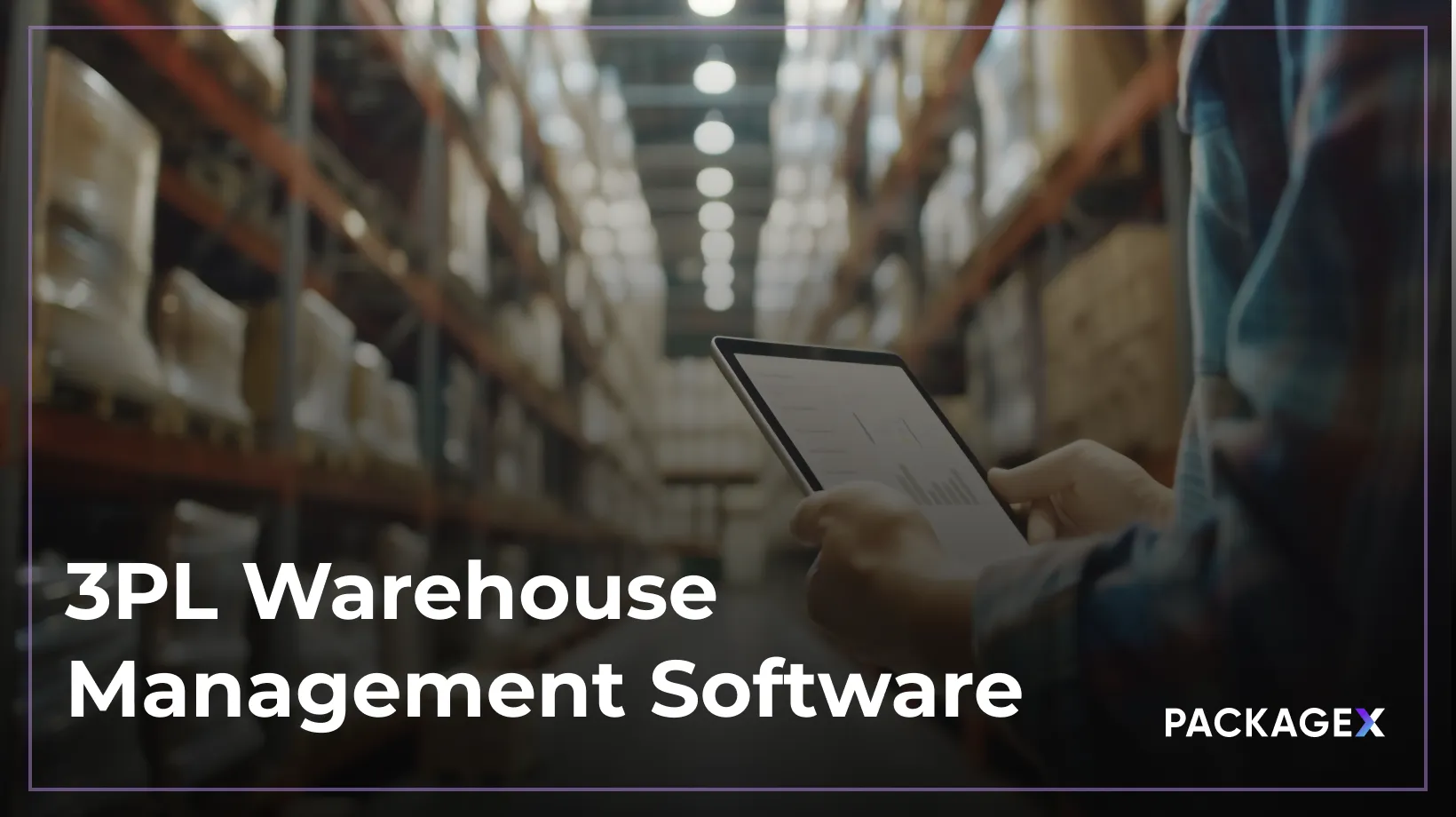




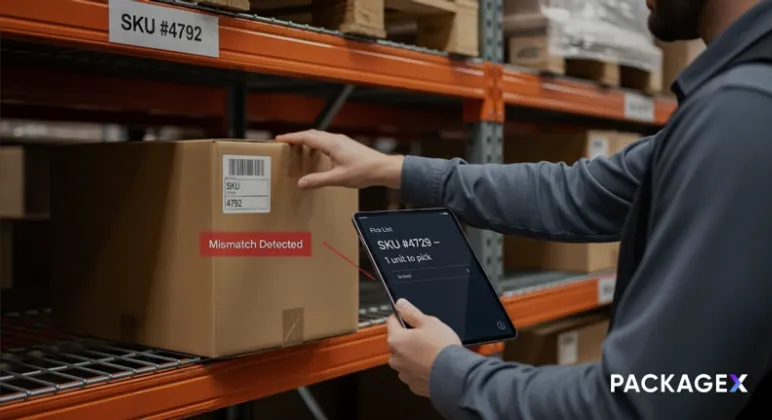


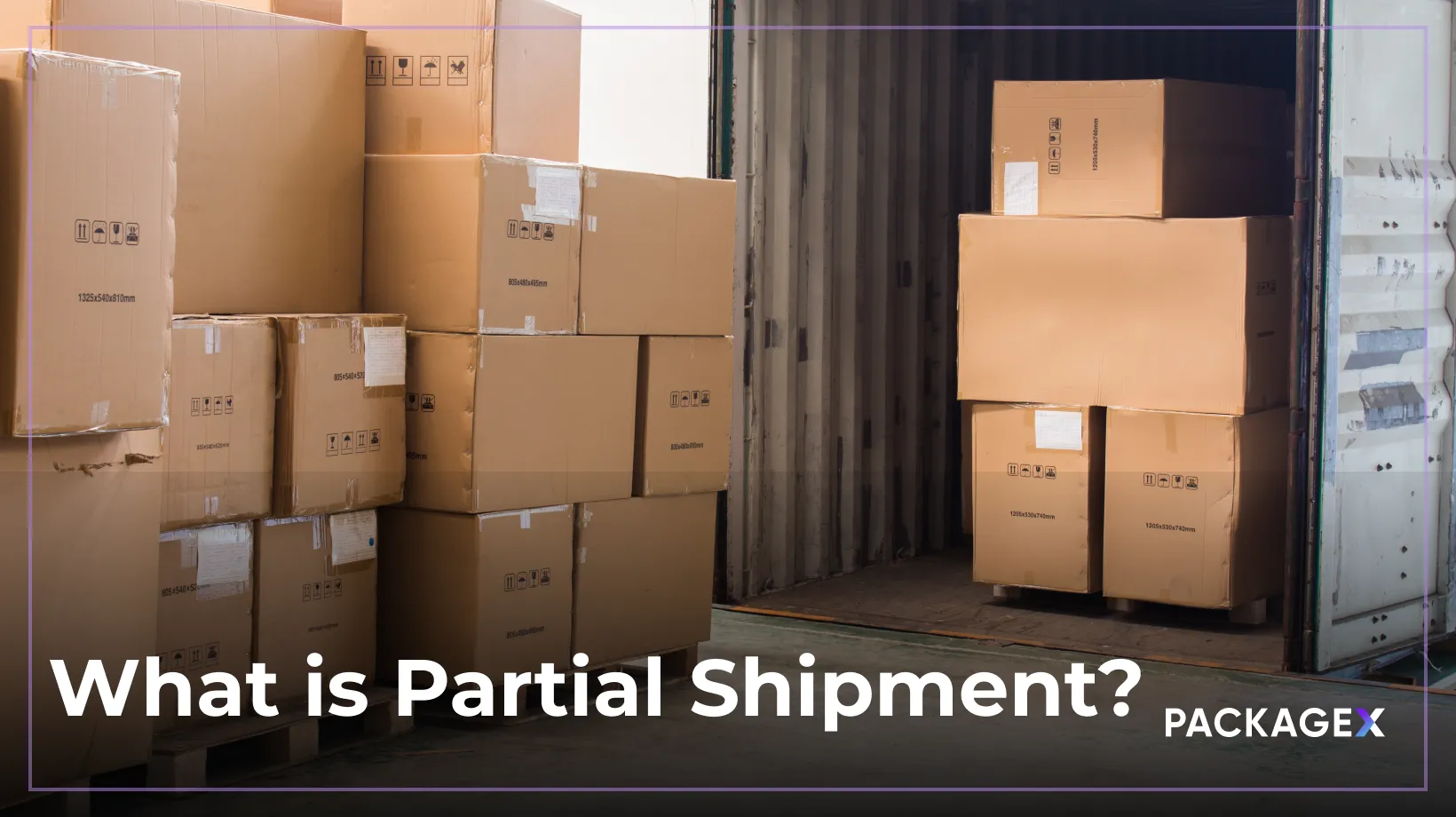
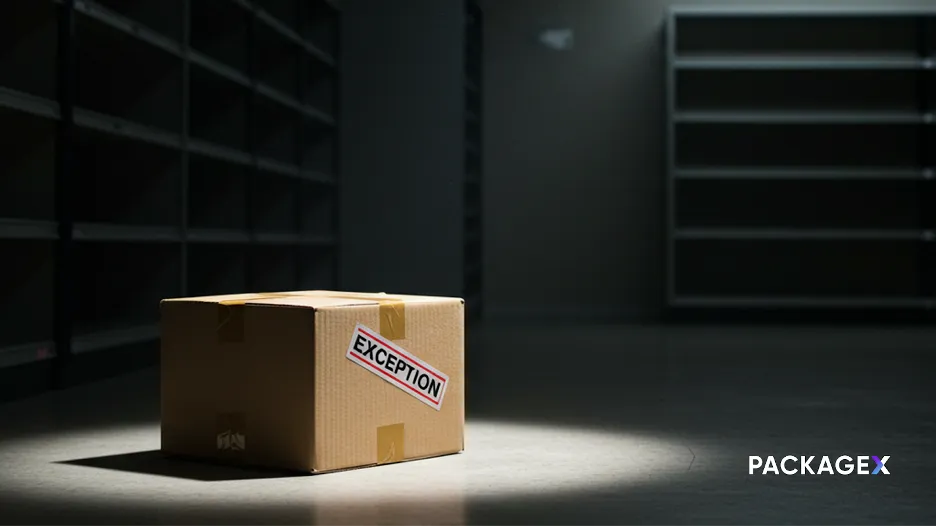



_-option%202.avif)
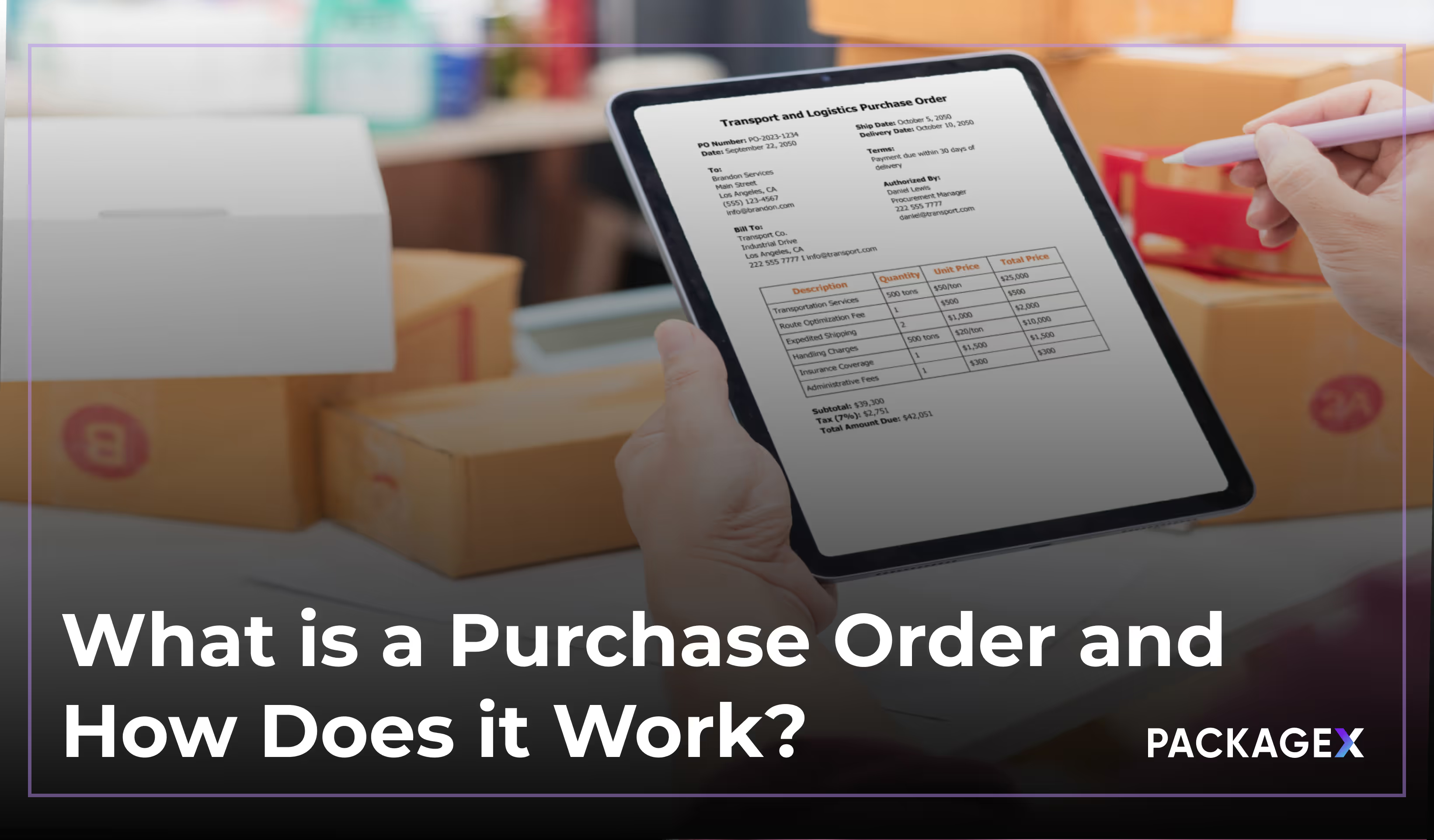
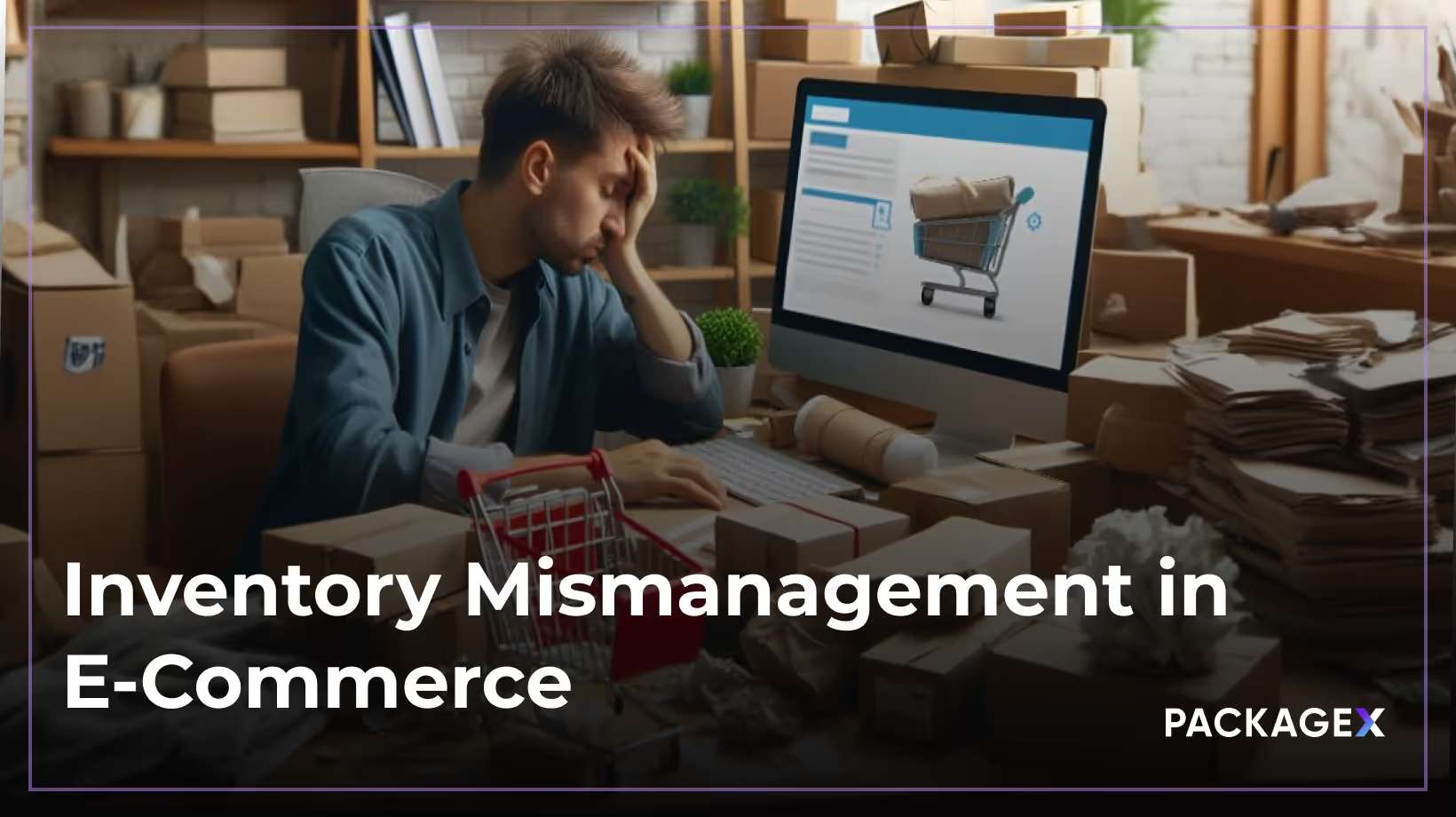
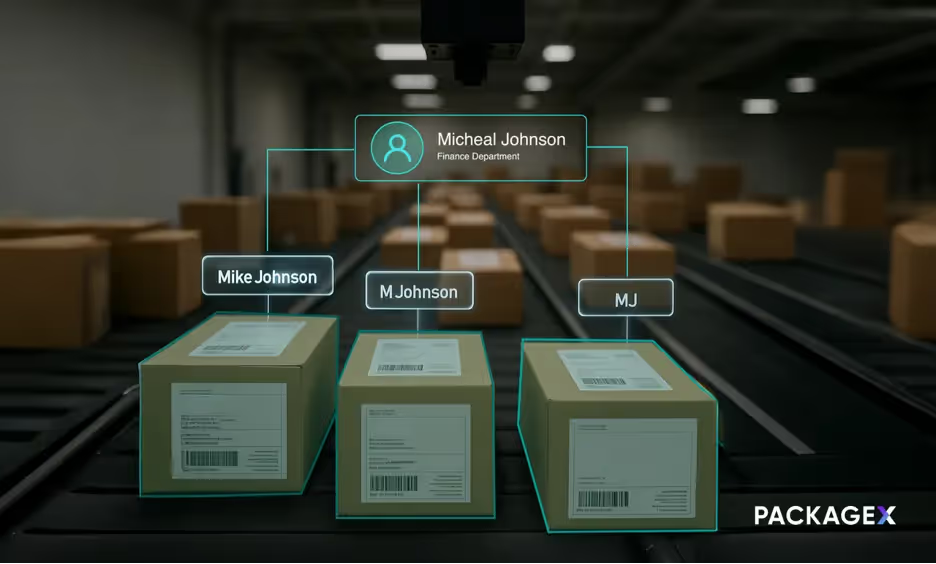
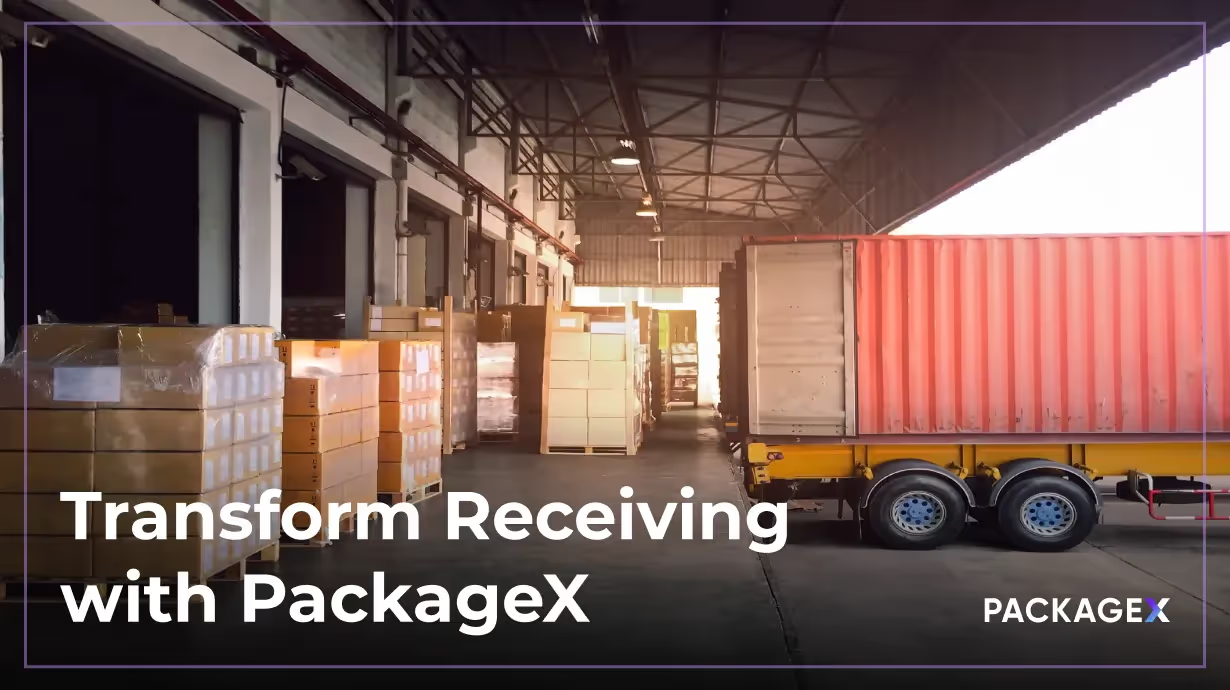


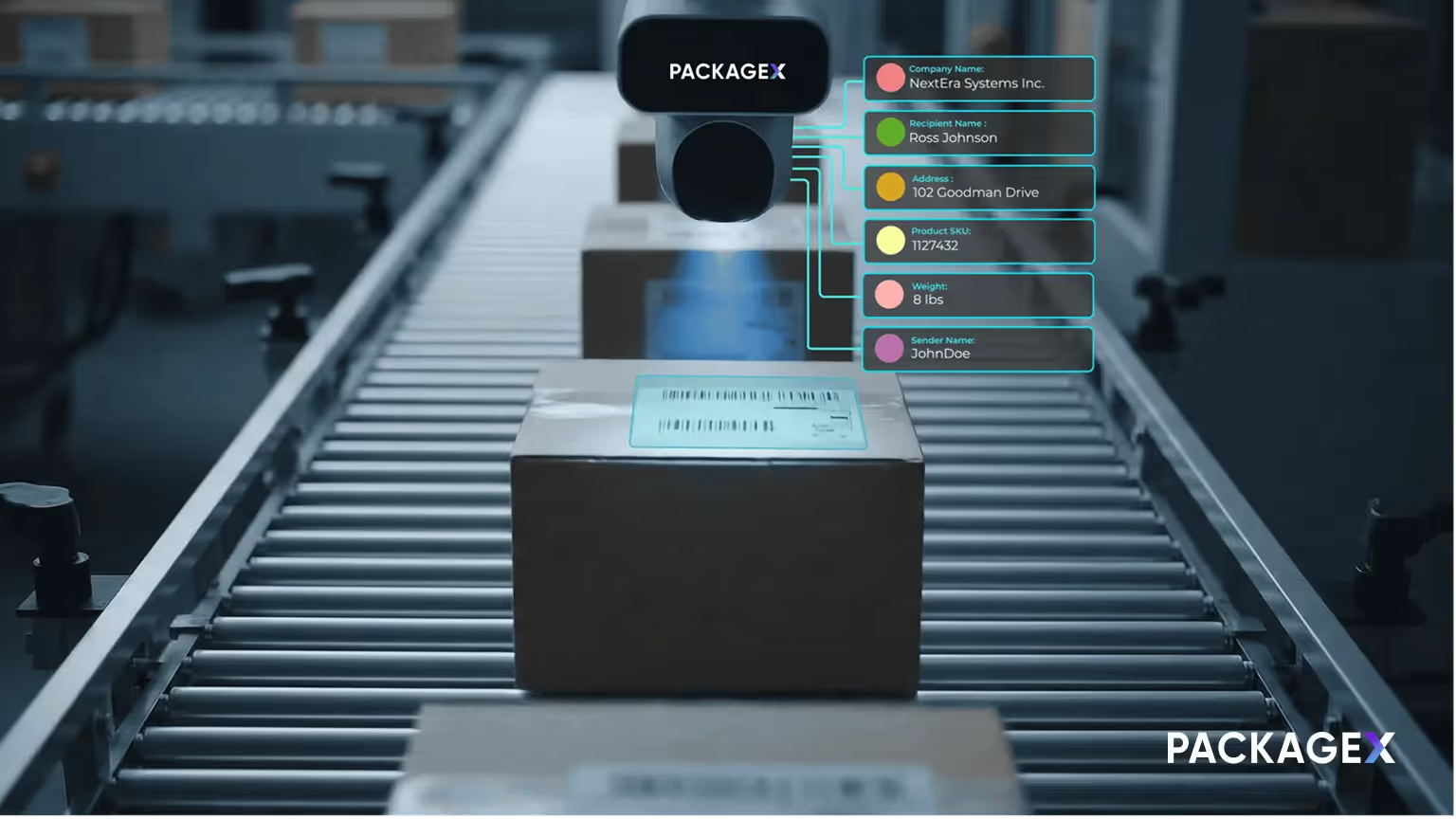





.avif)



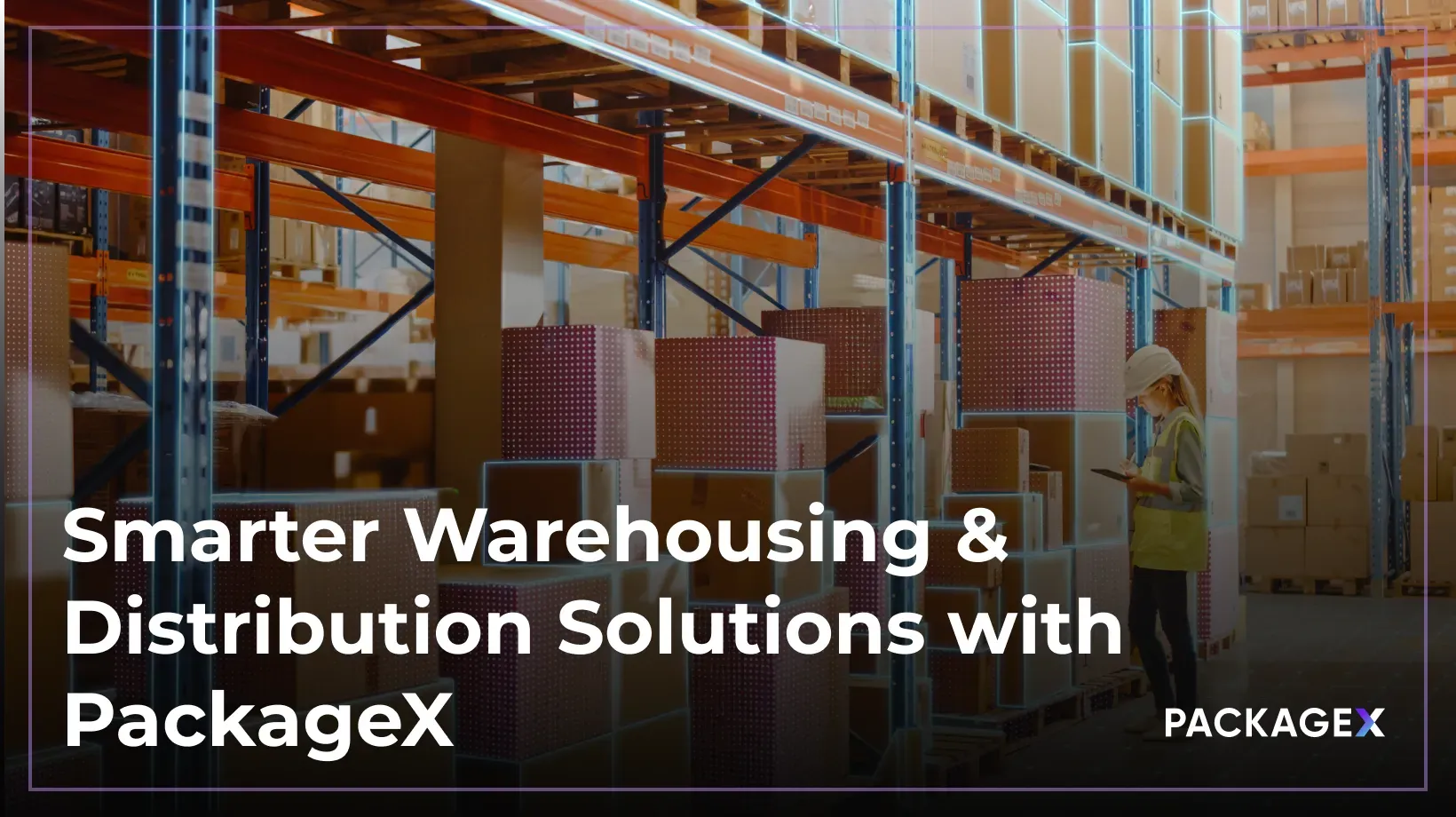


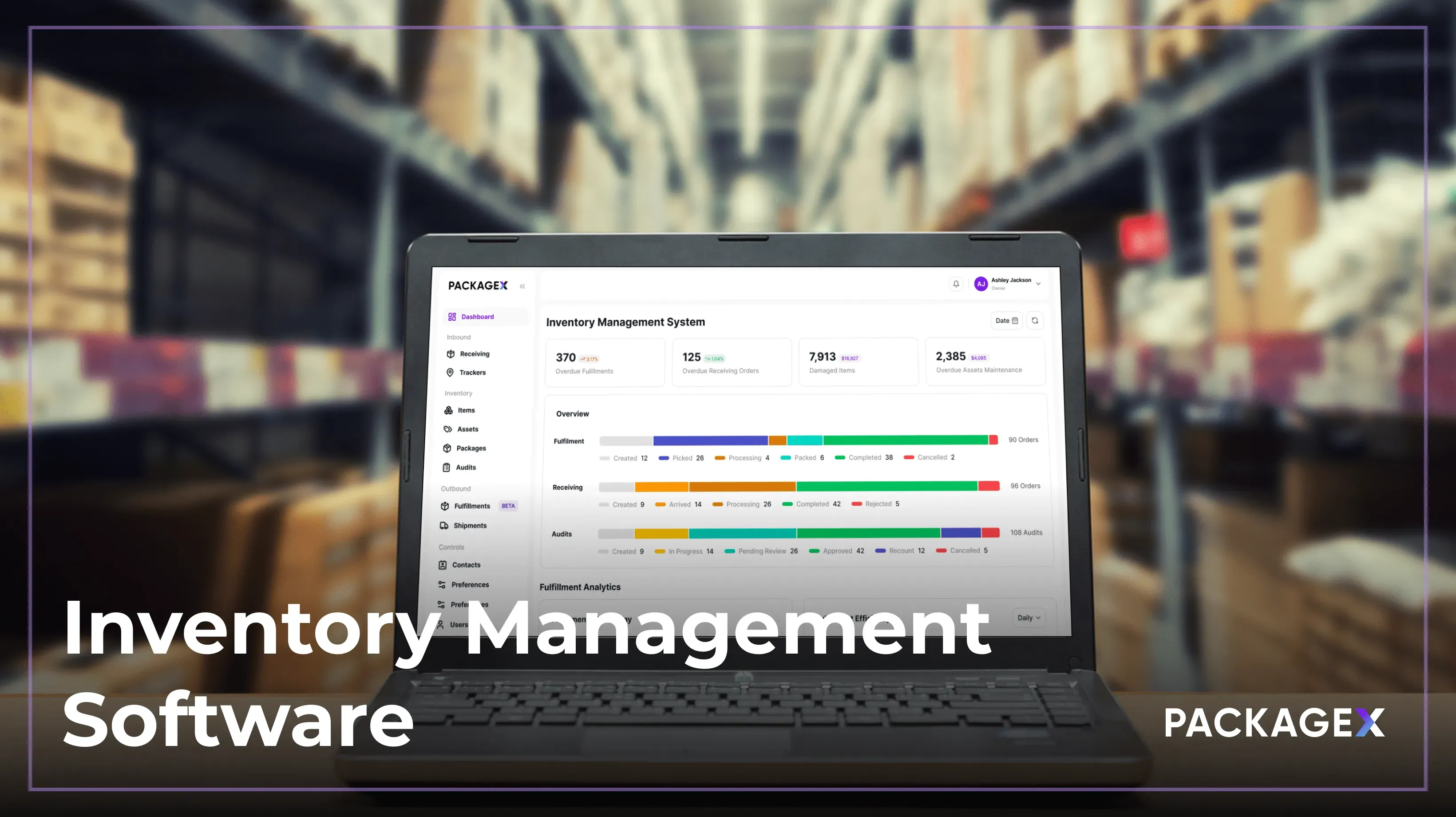


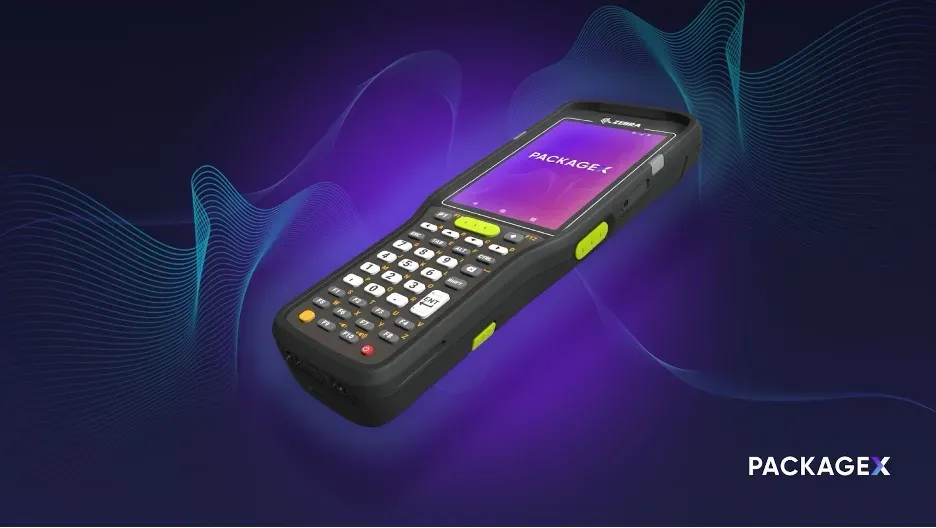




-min.avif)






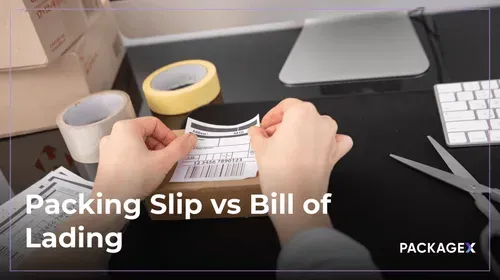

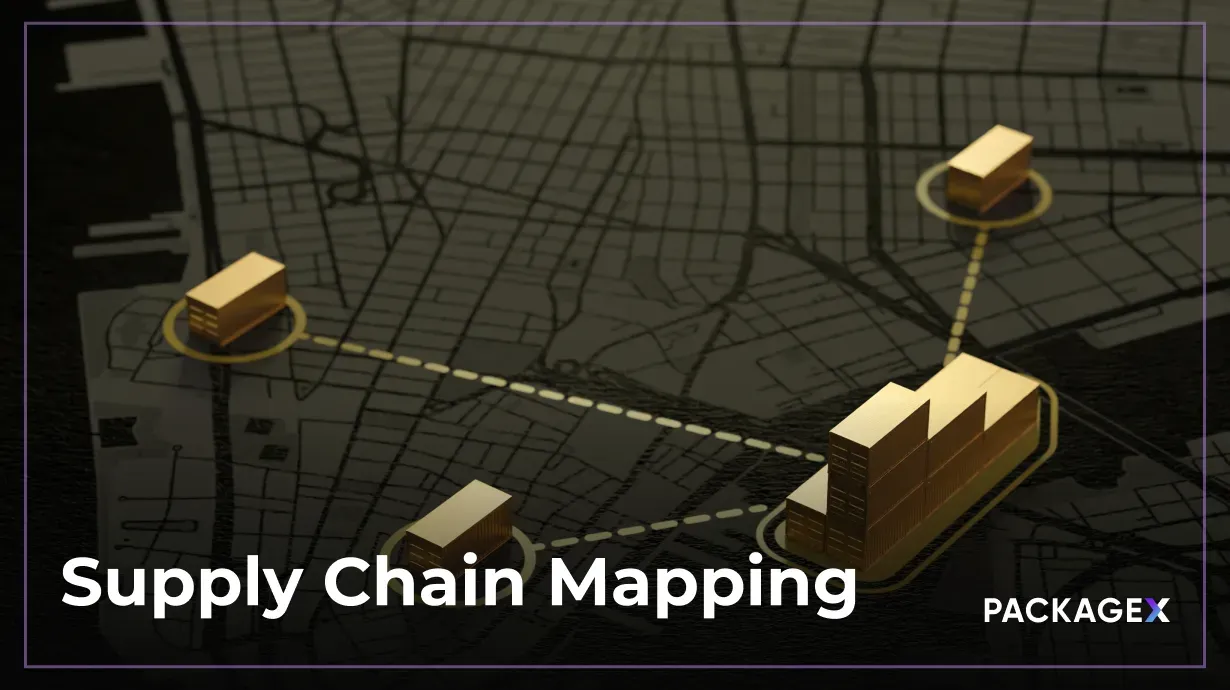
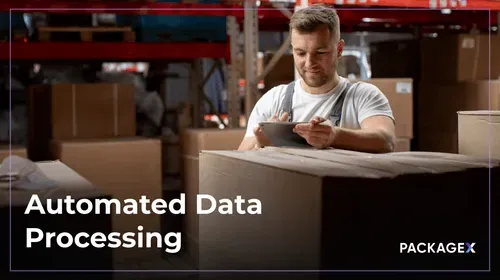
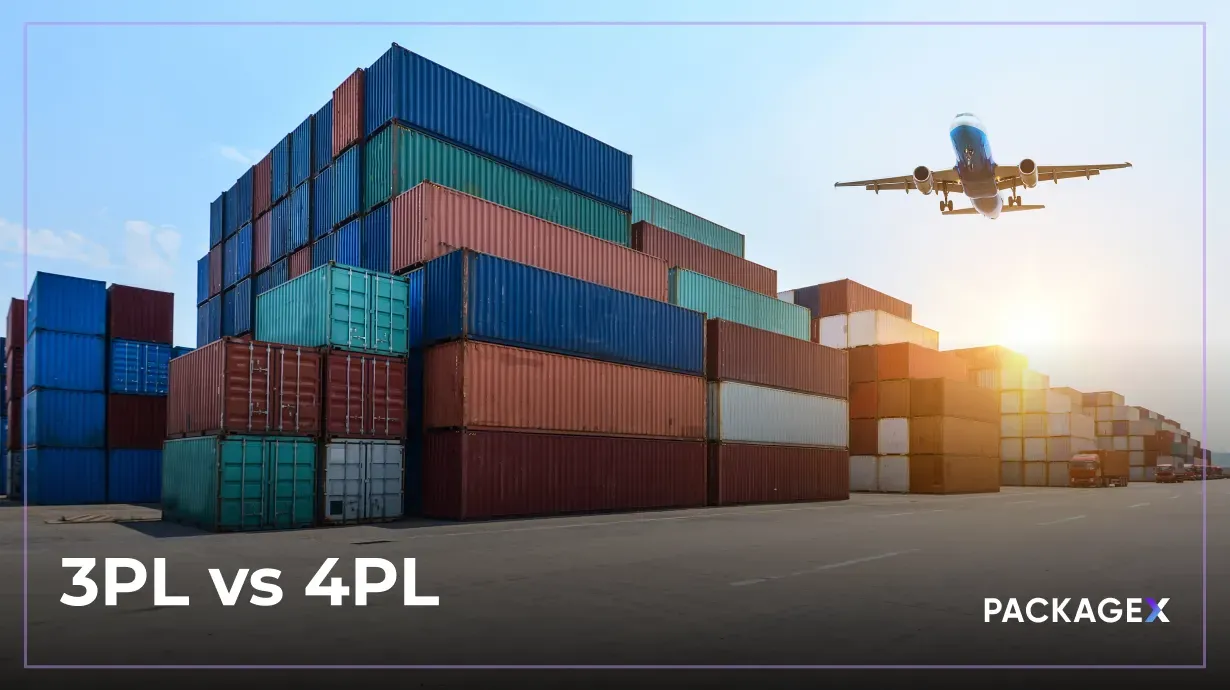











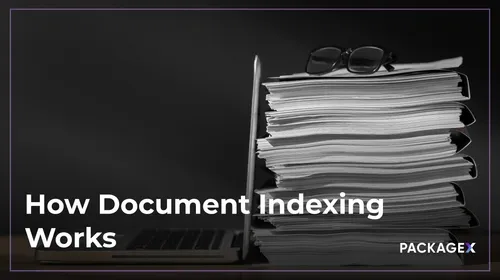

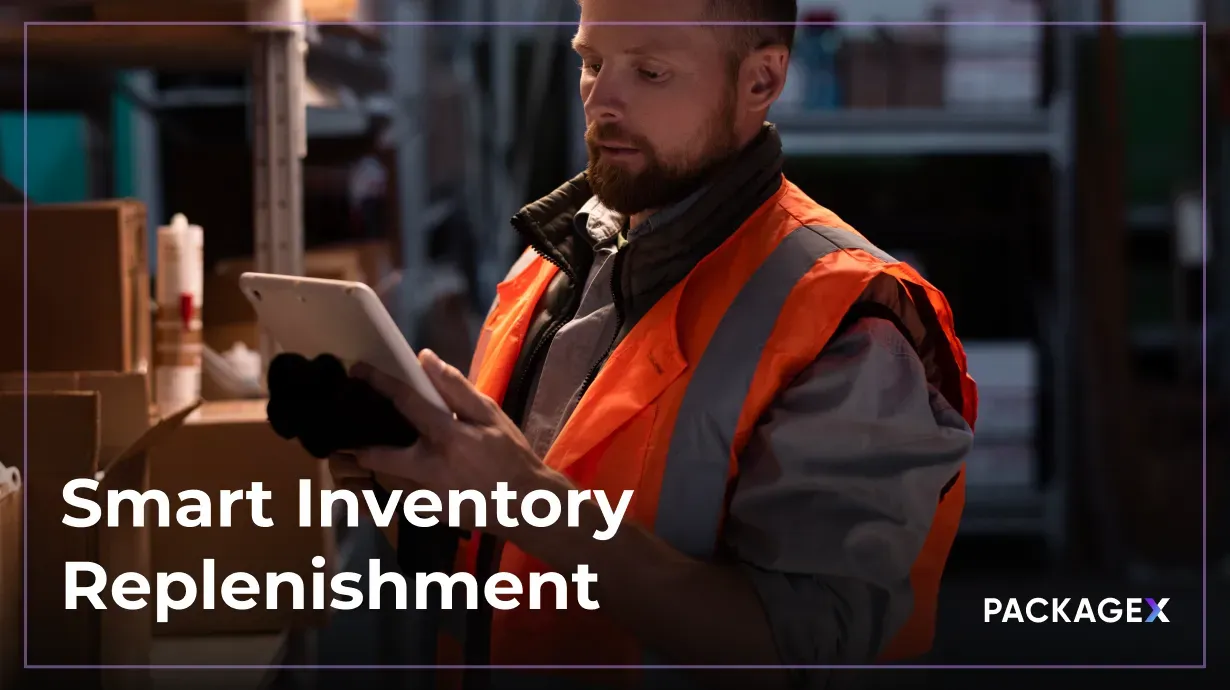




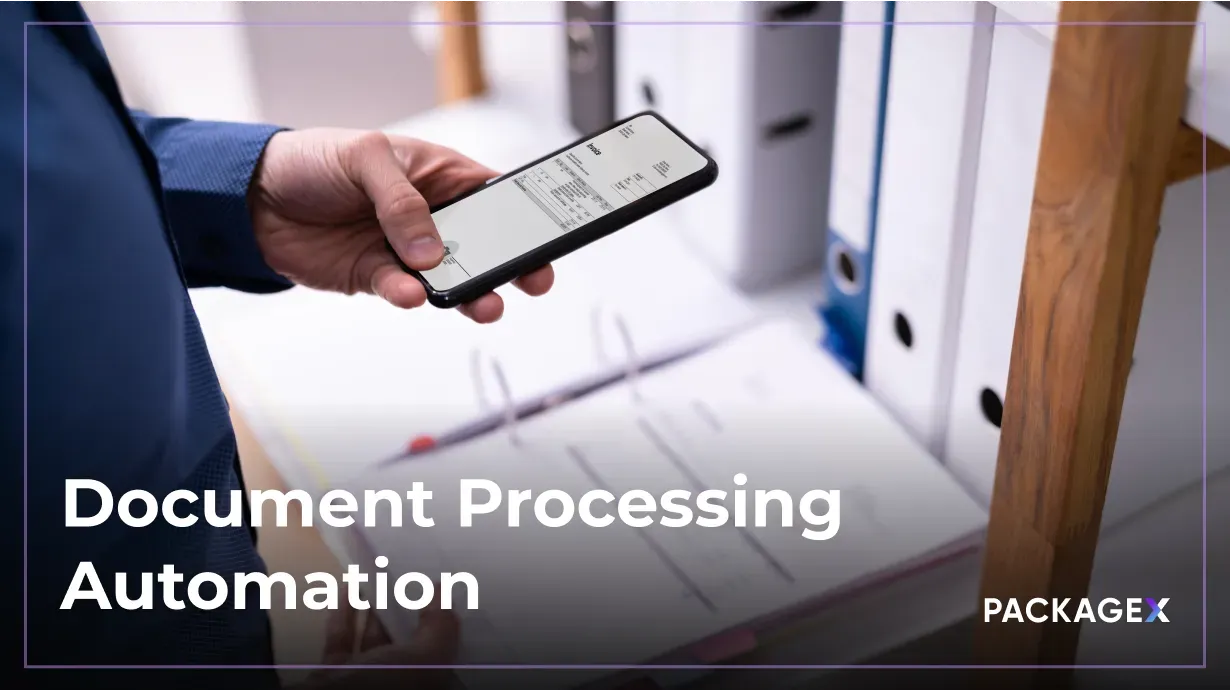
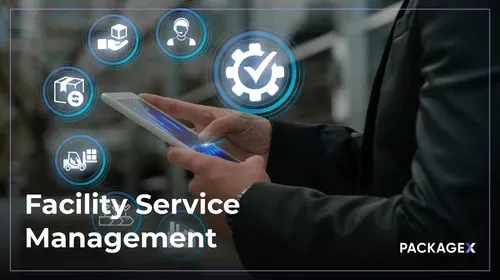
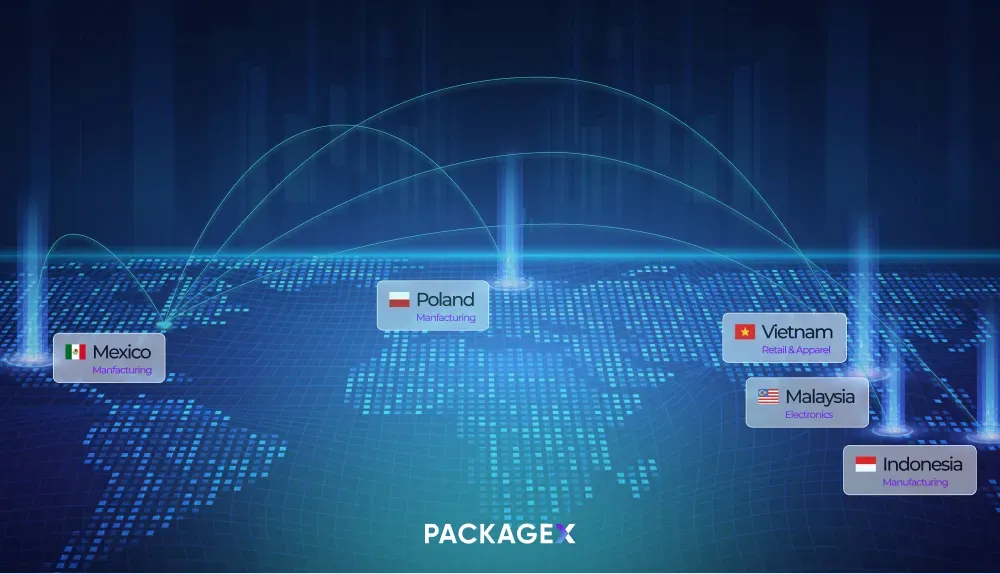

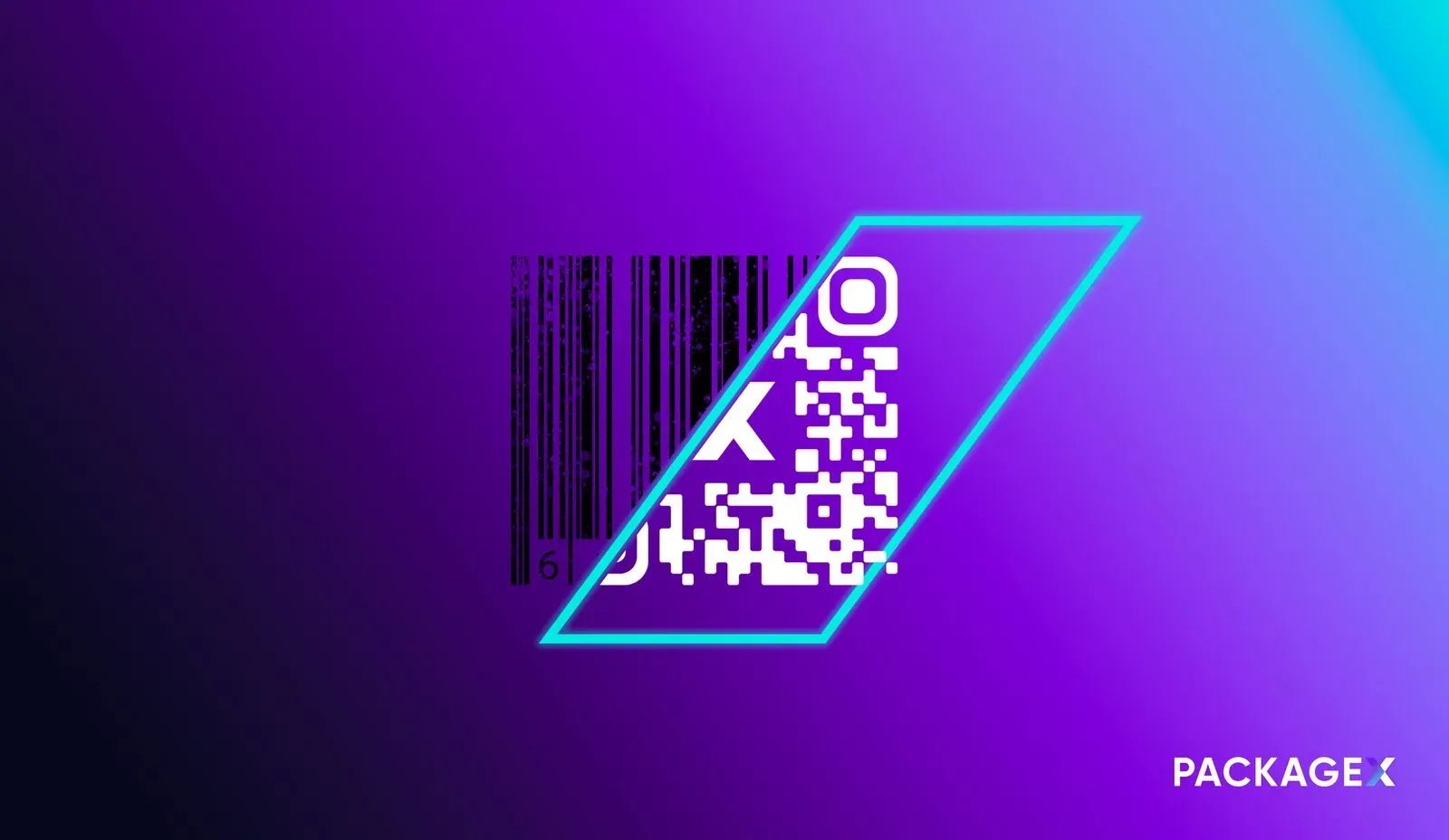
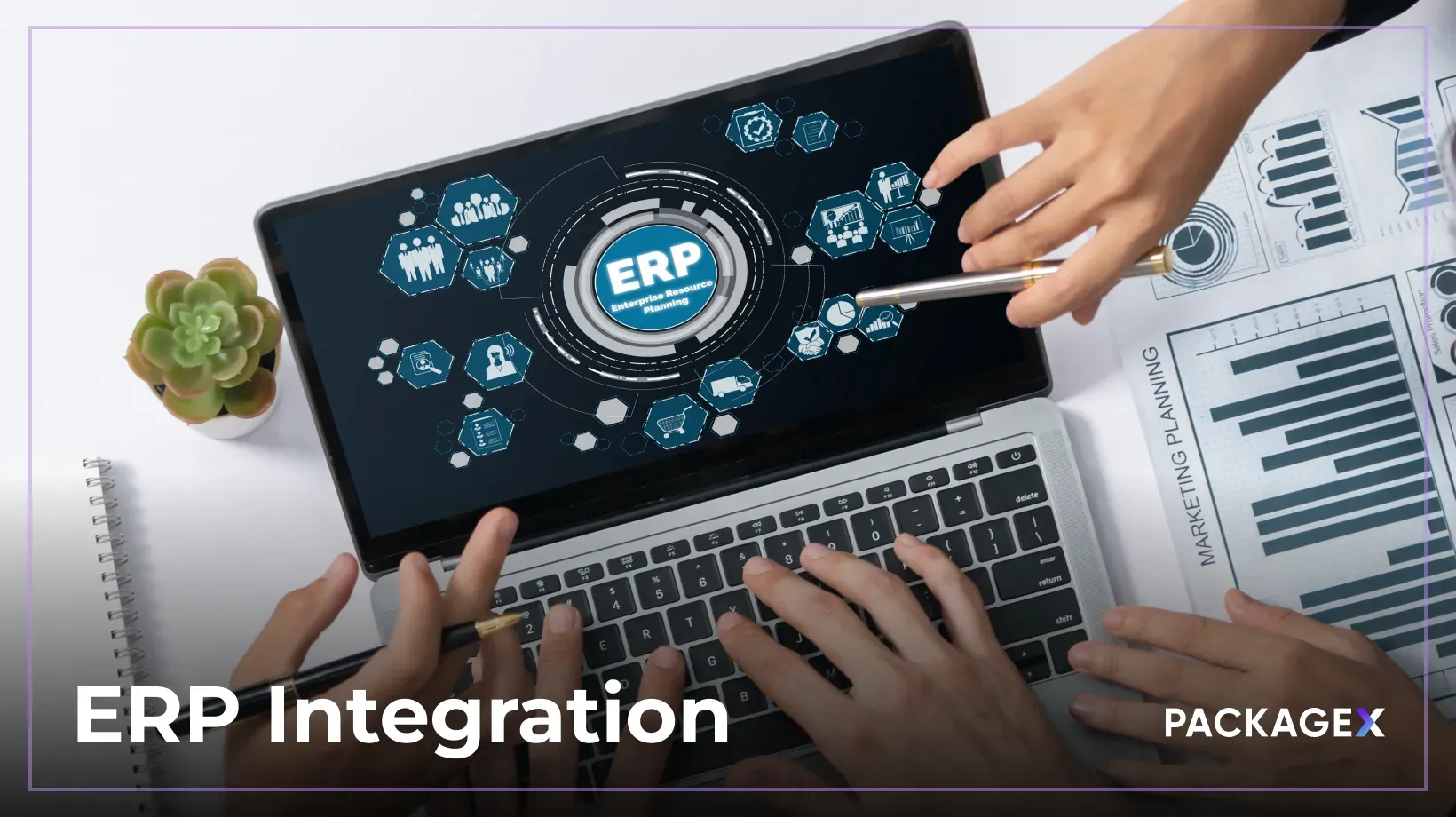
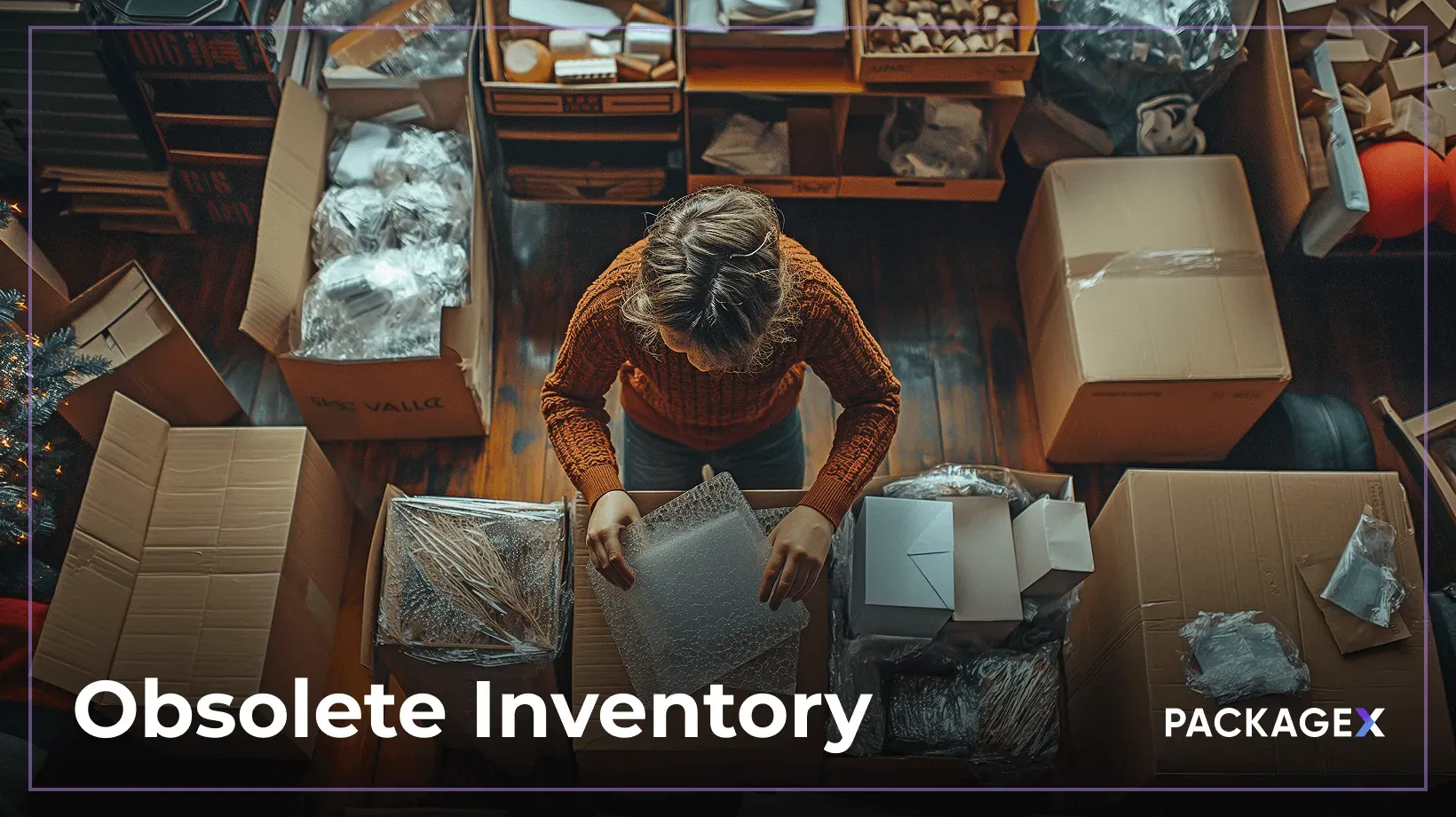



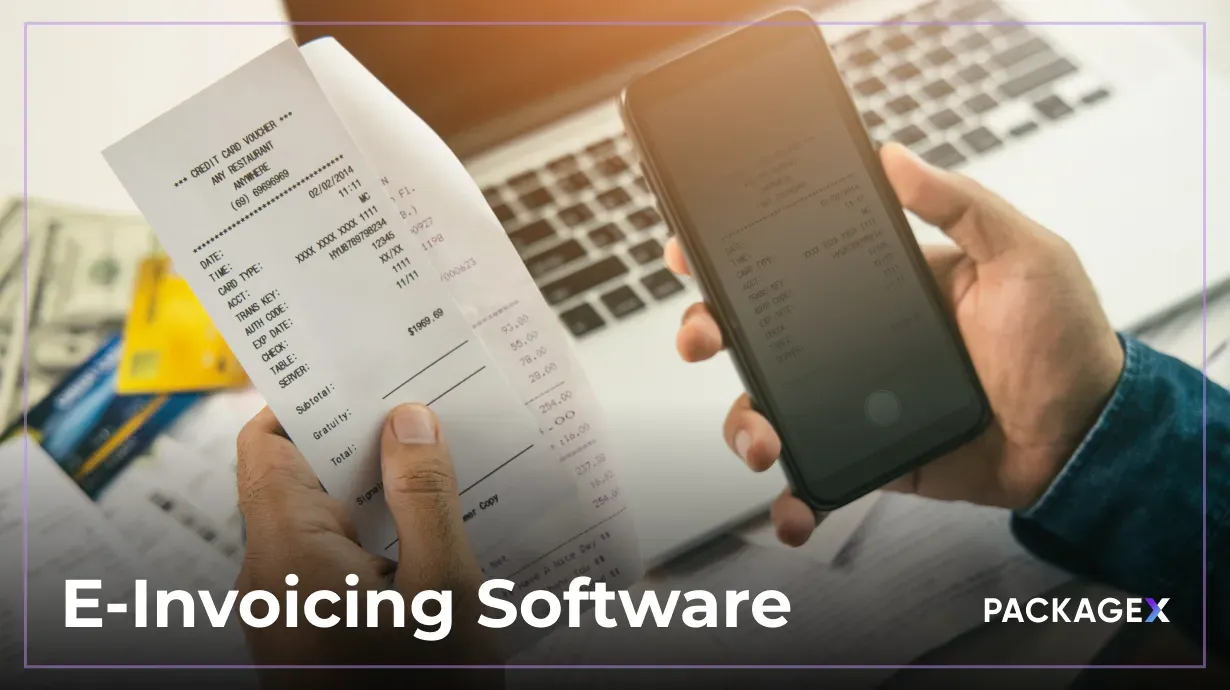







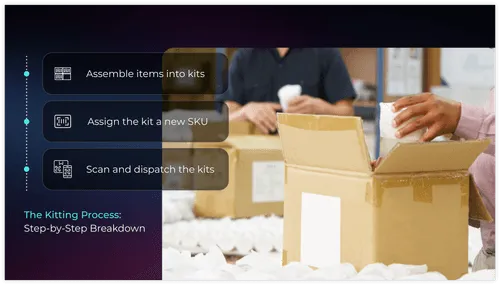
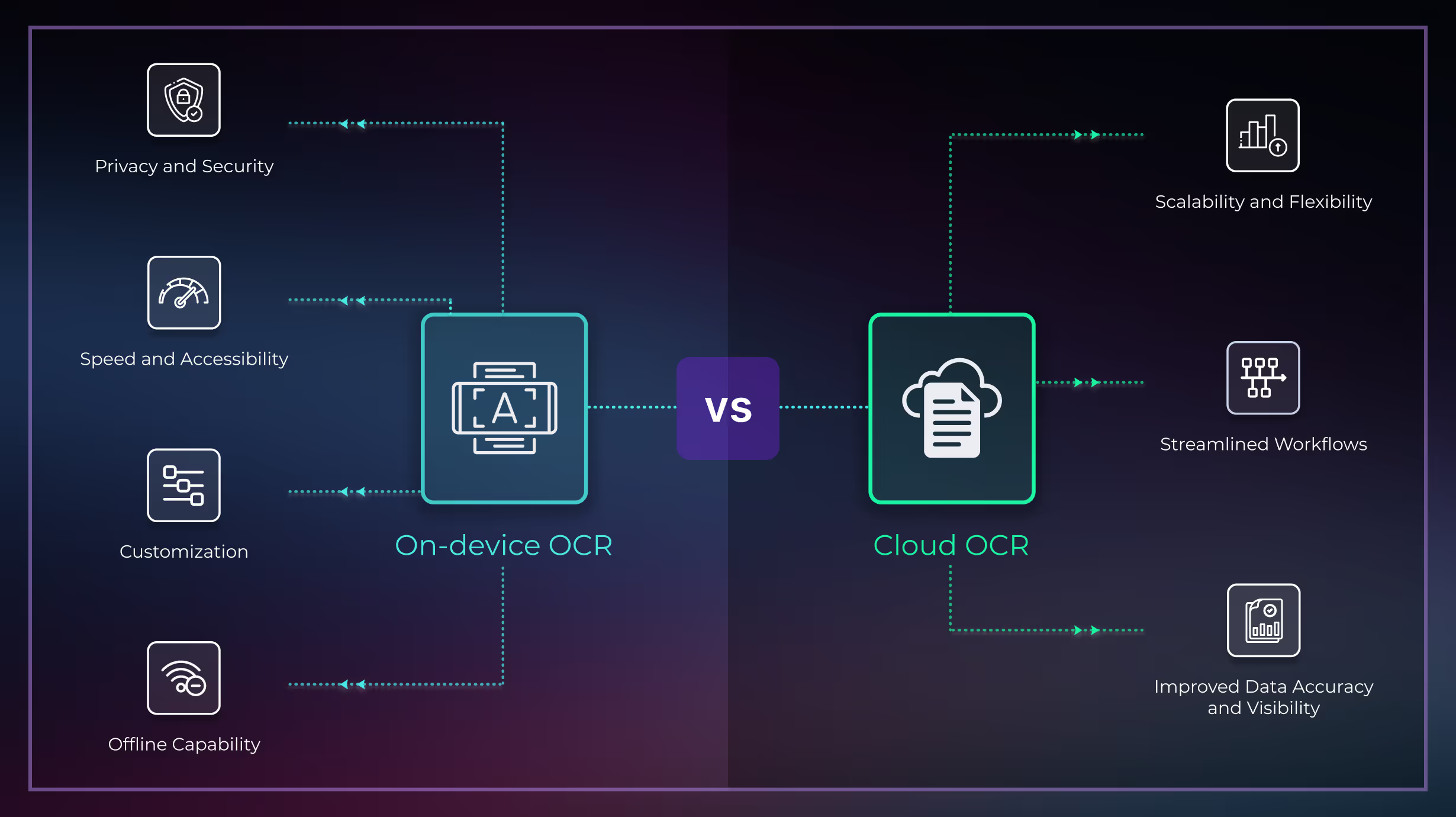

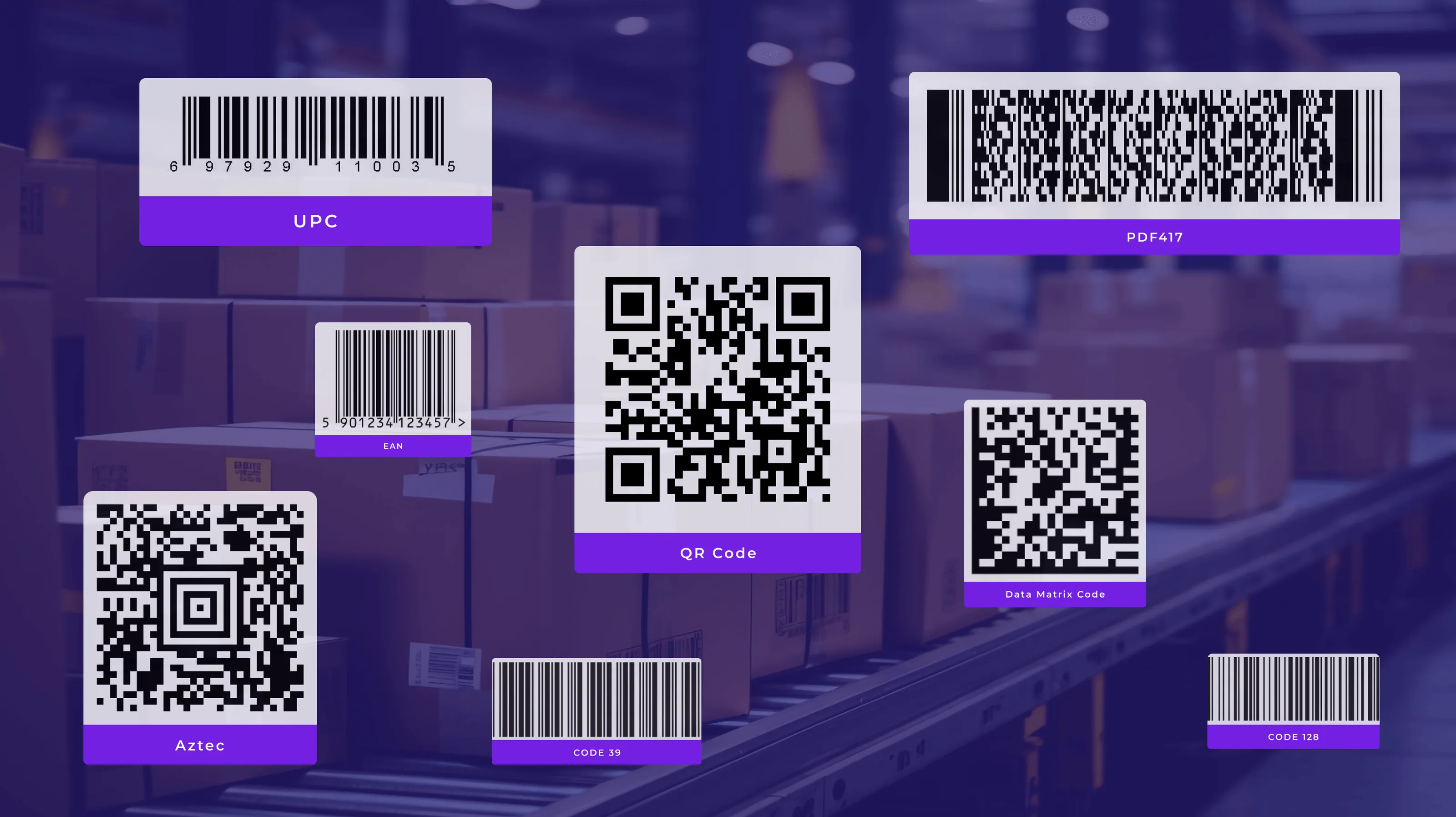

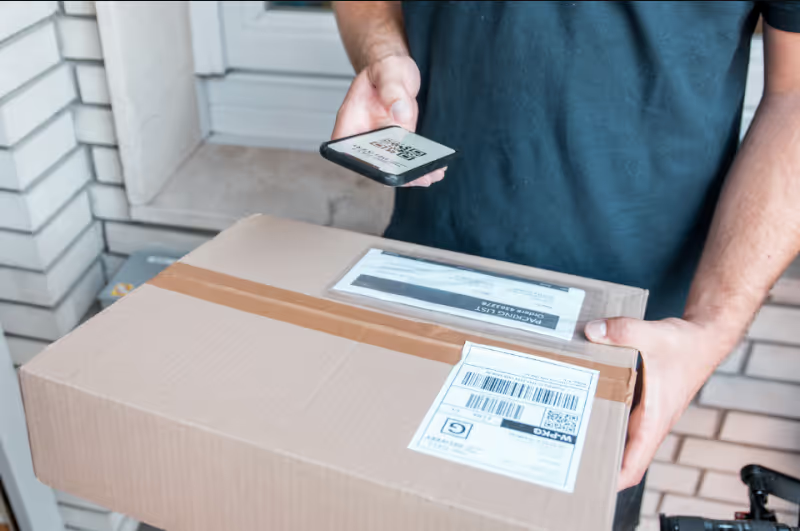

.avif)





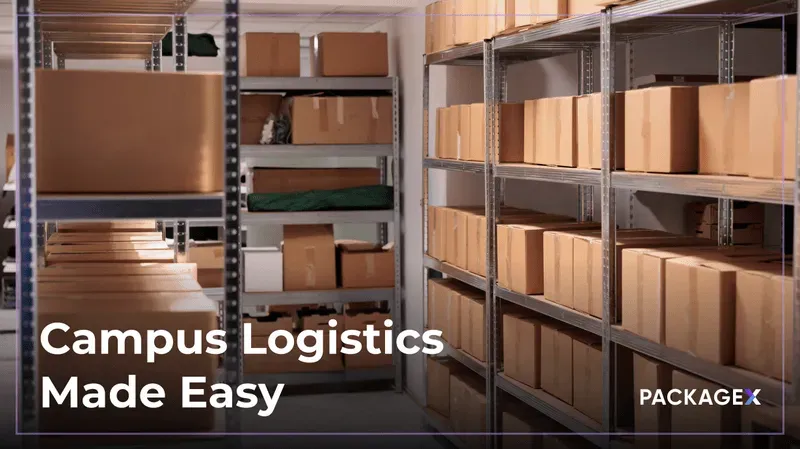
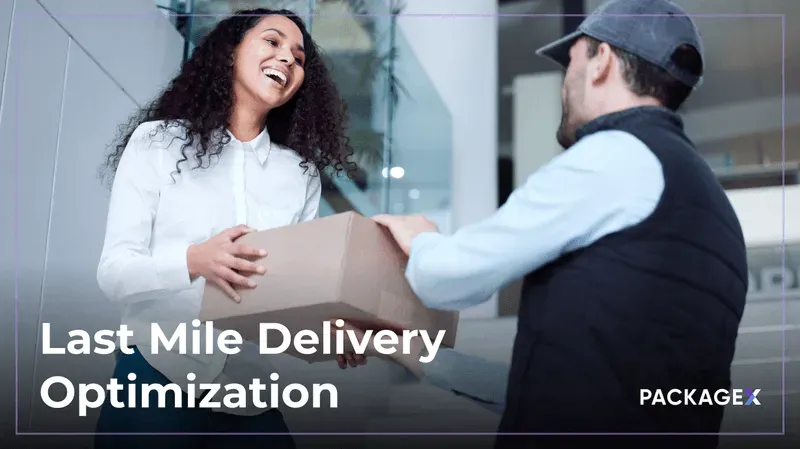

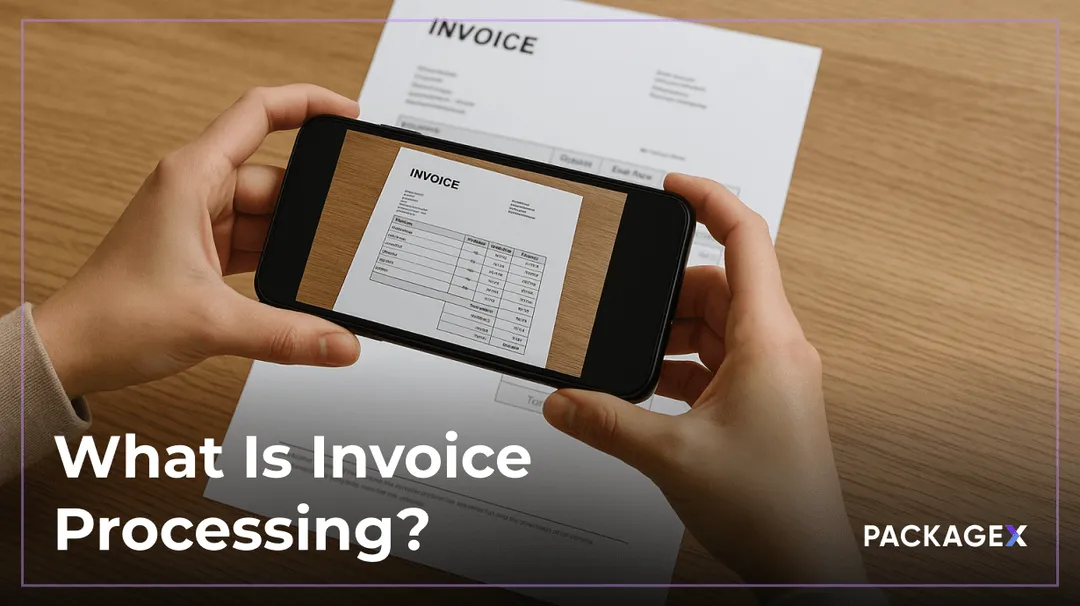
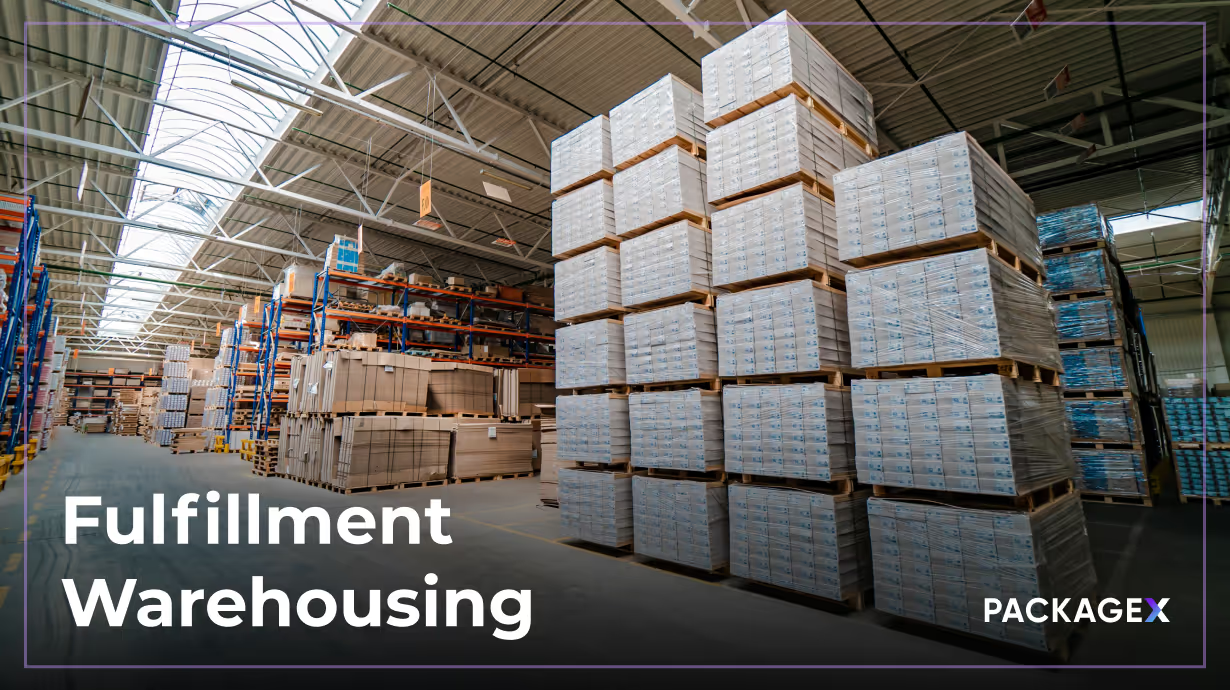
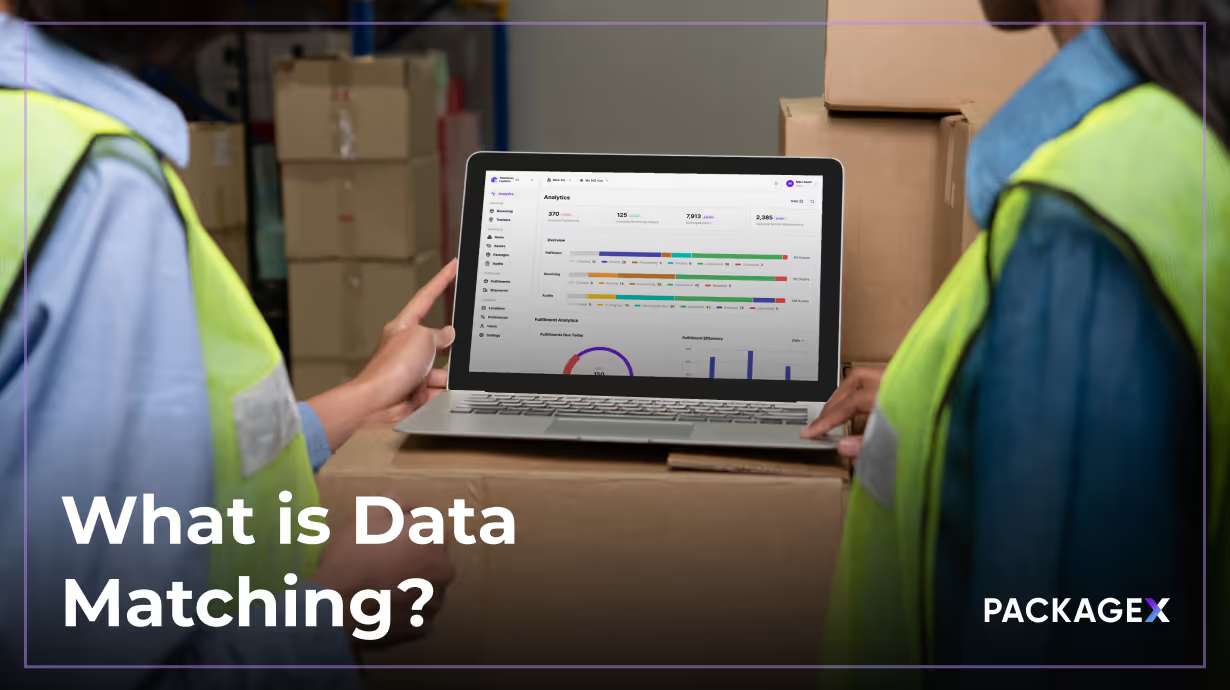
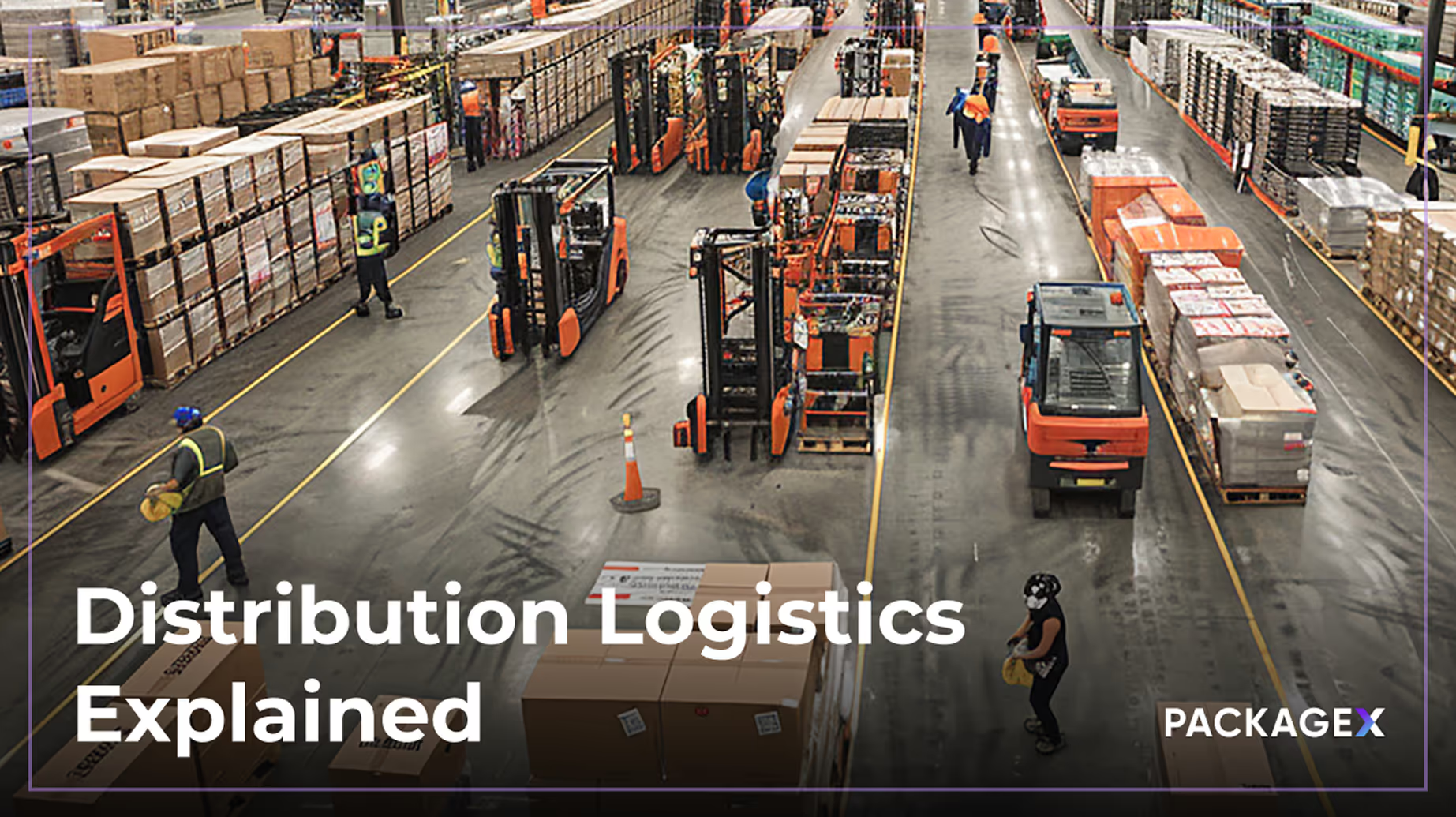
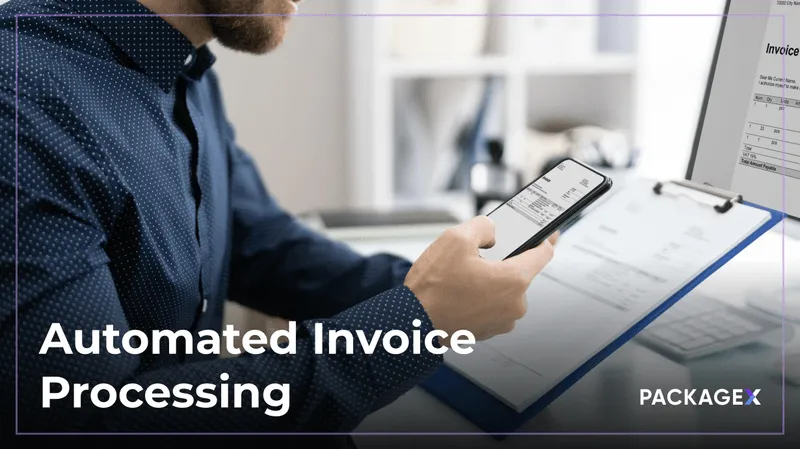



.avif)
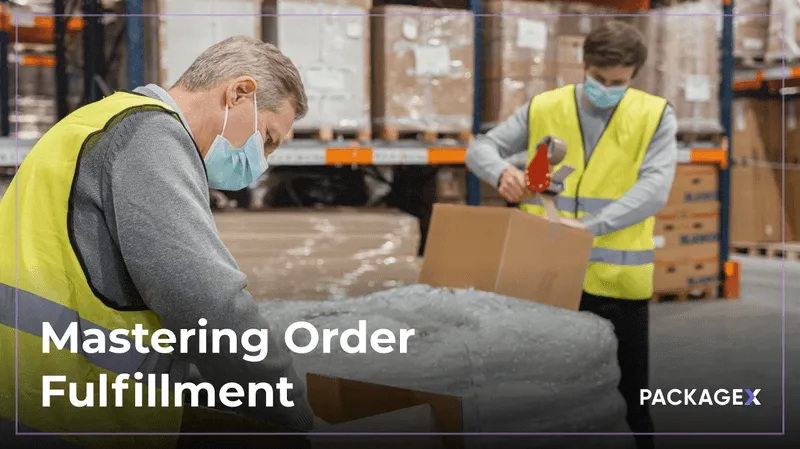


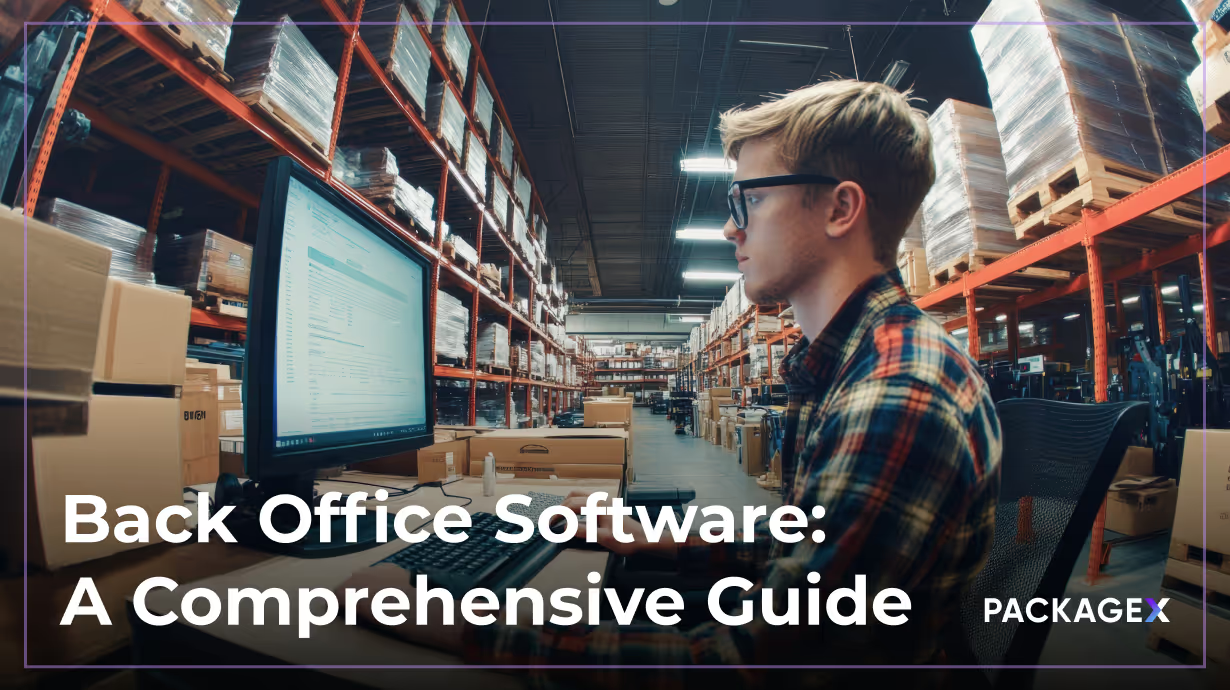


.avif)
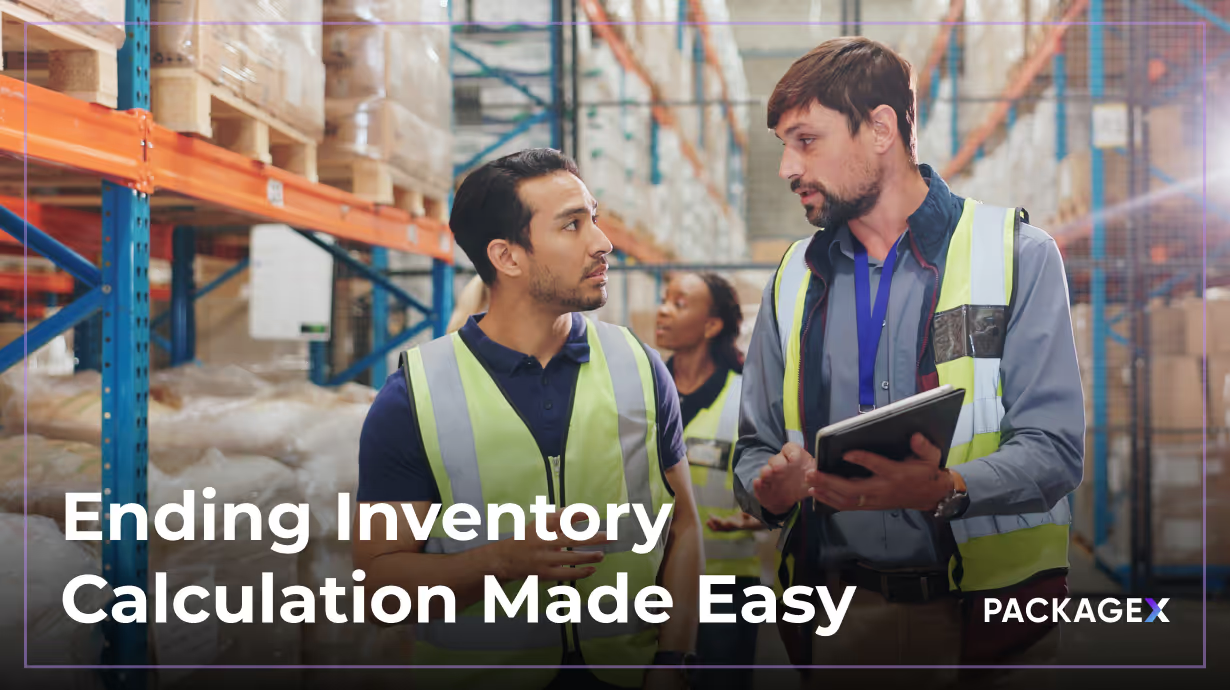






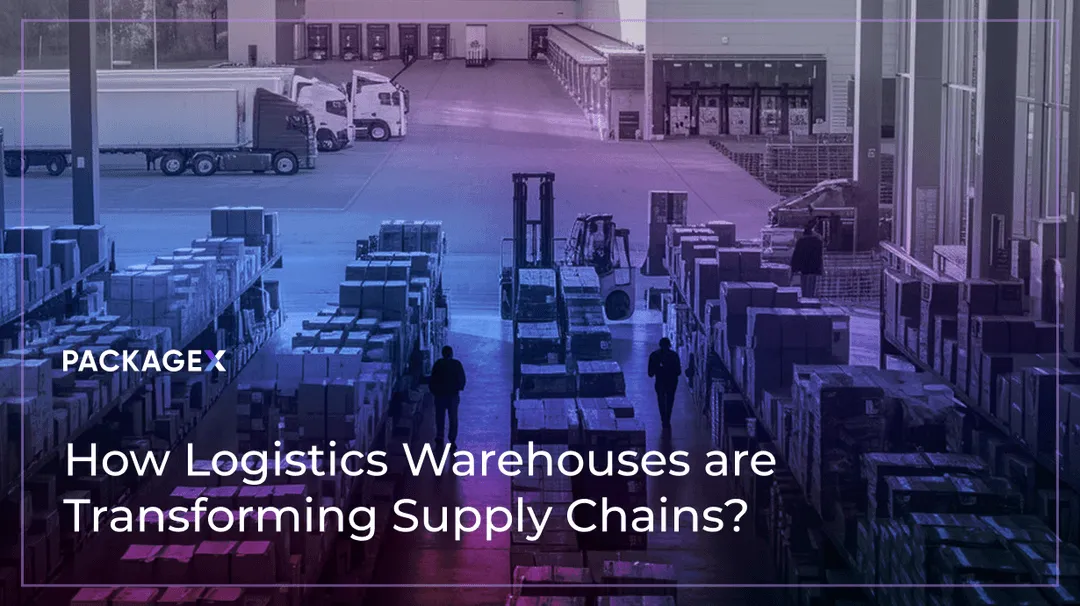



.avif)
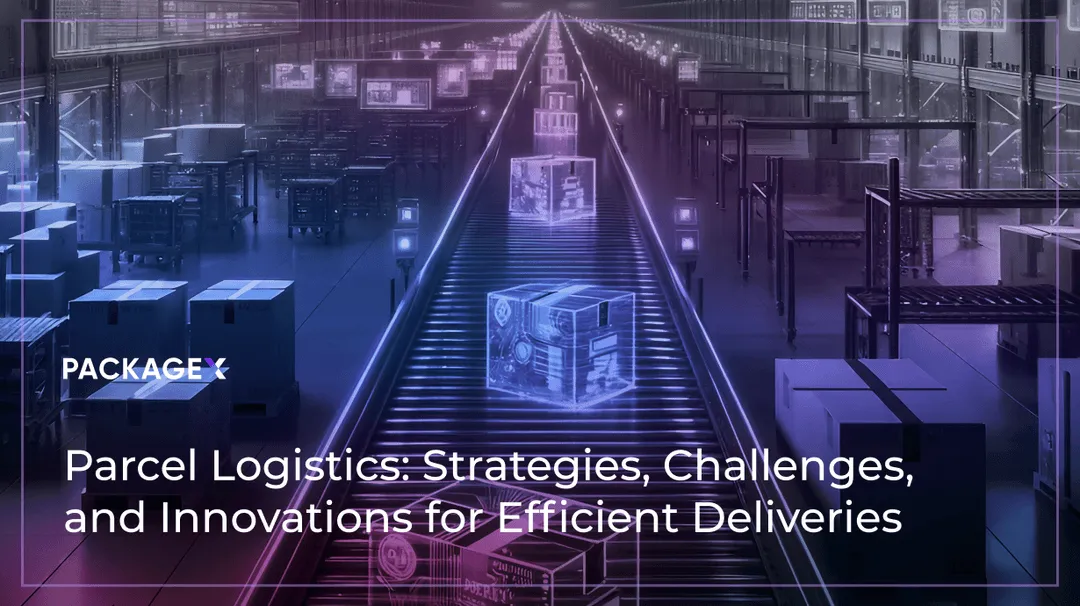
.avif)
.avif)






.avif)
.avif)
.avif)
.avif)
.avif)
.avif)
.avif)
.avif)


